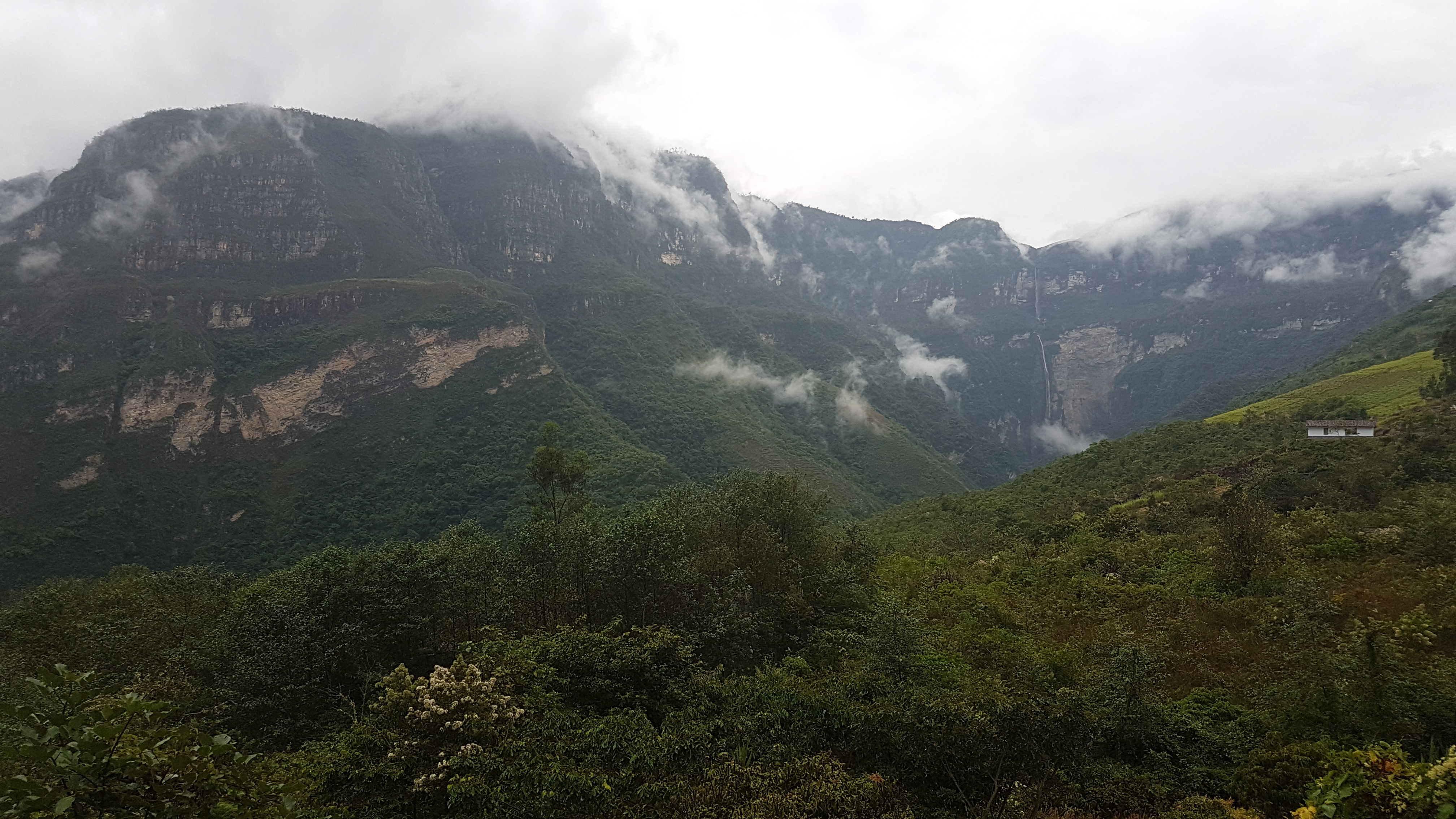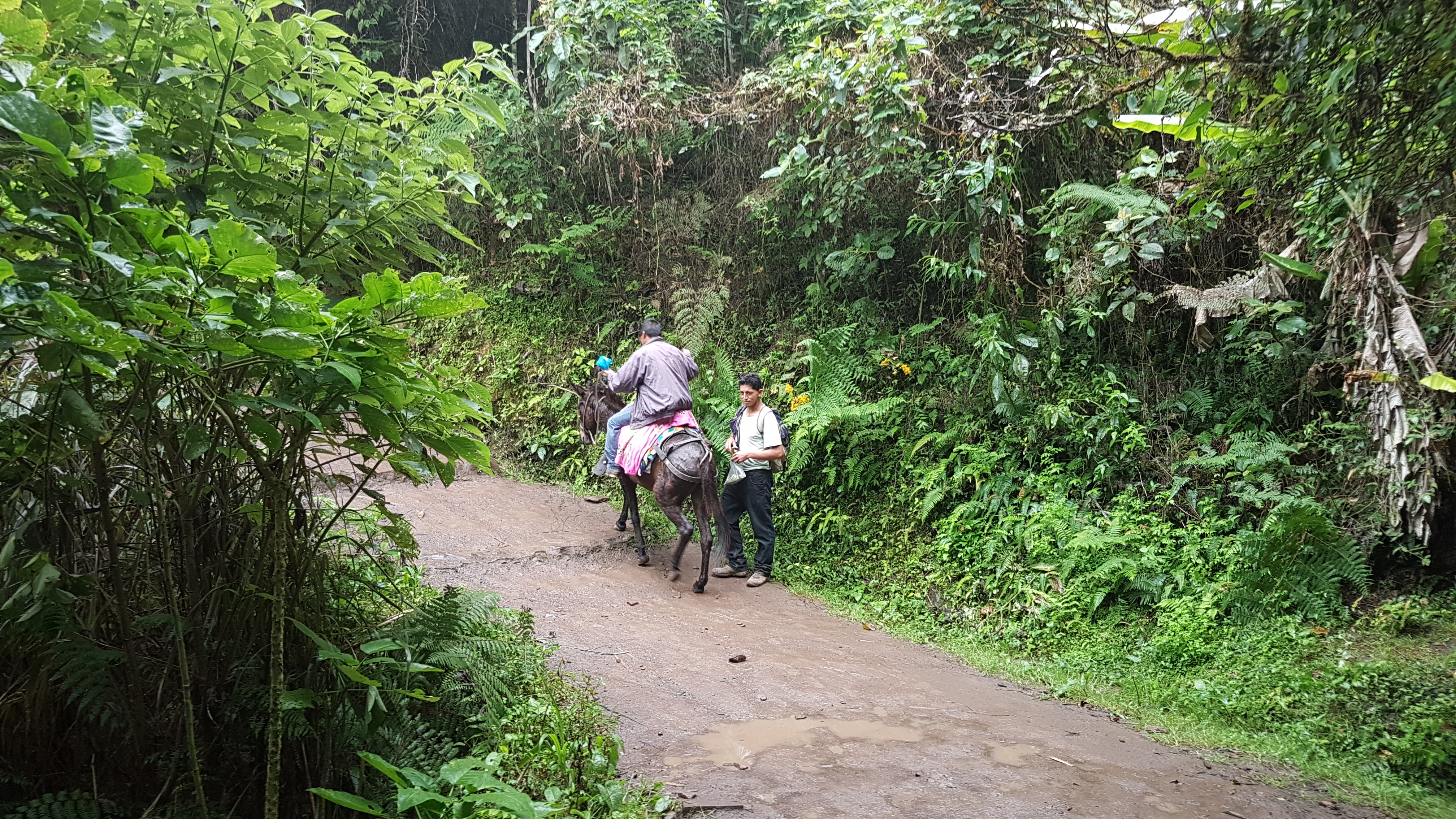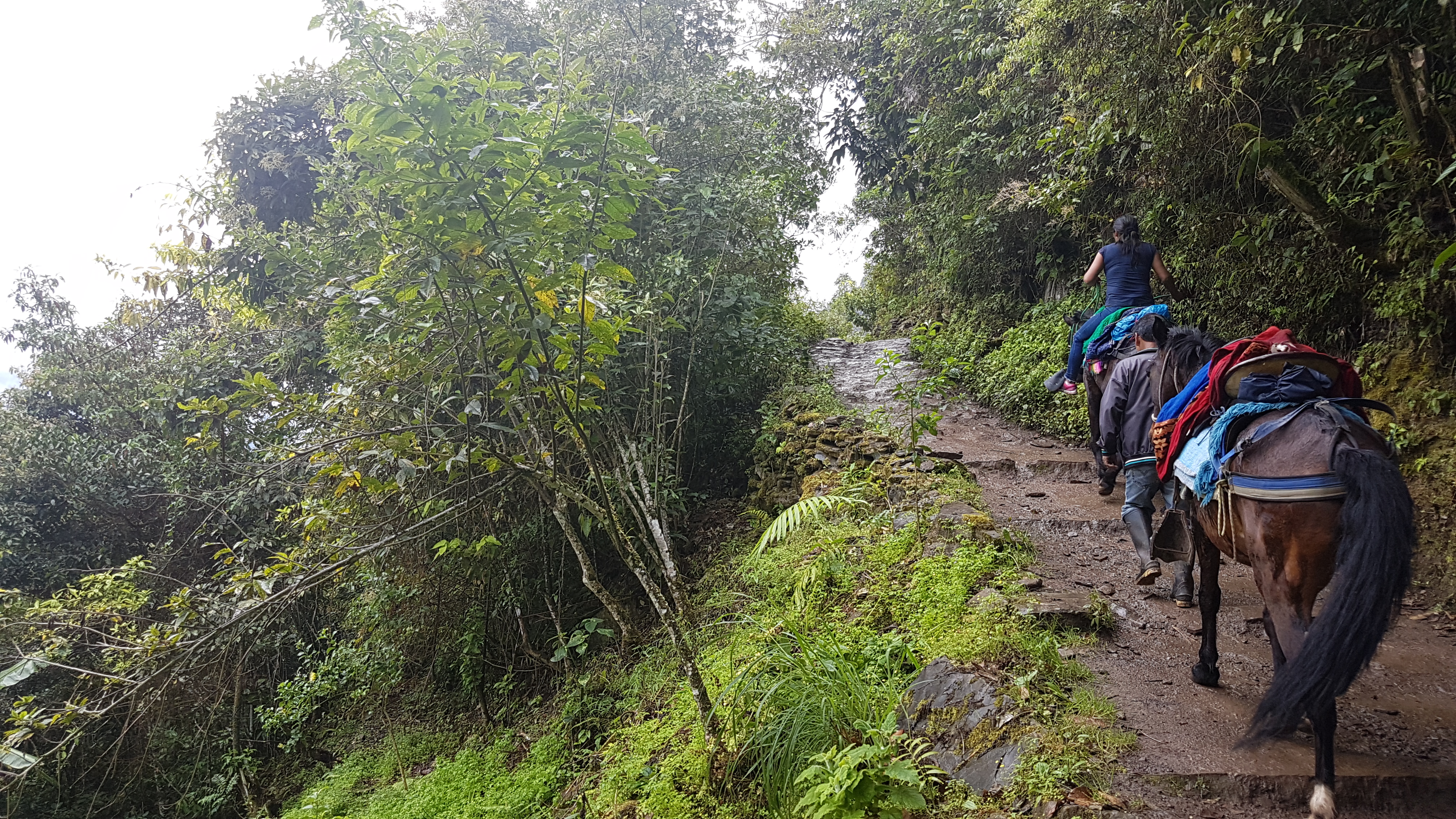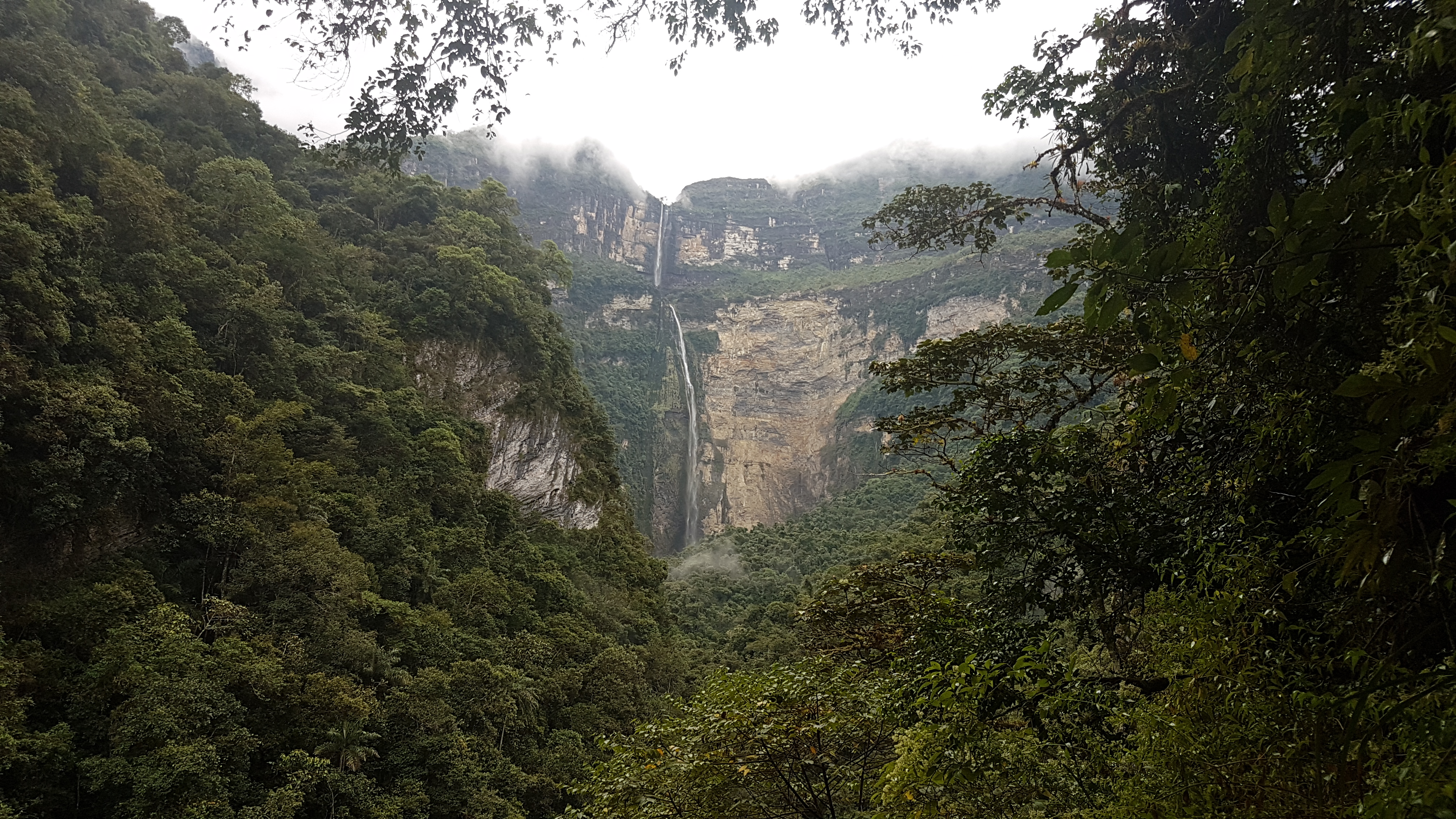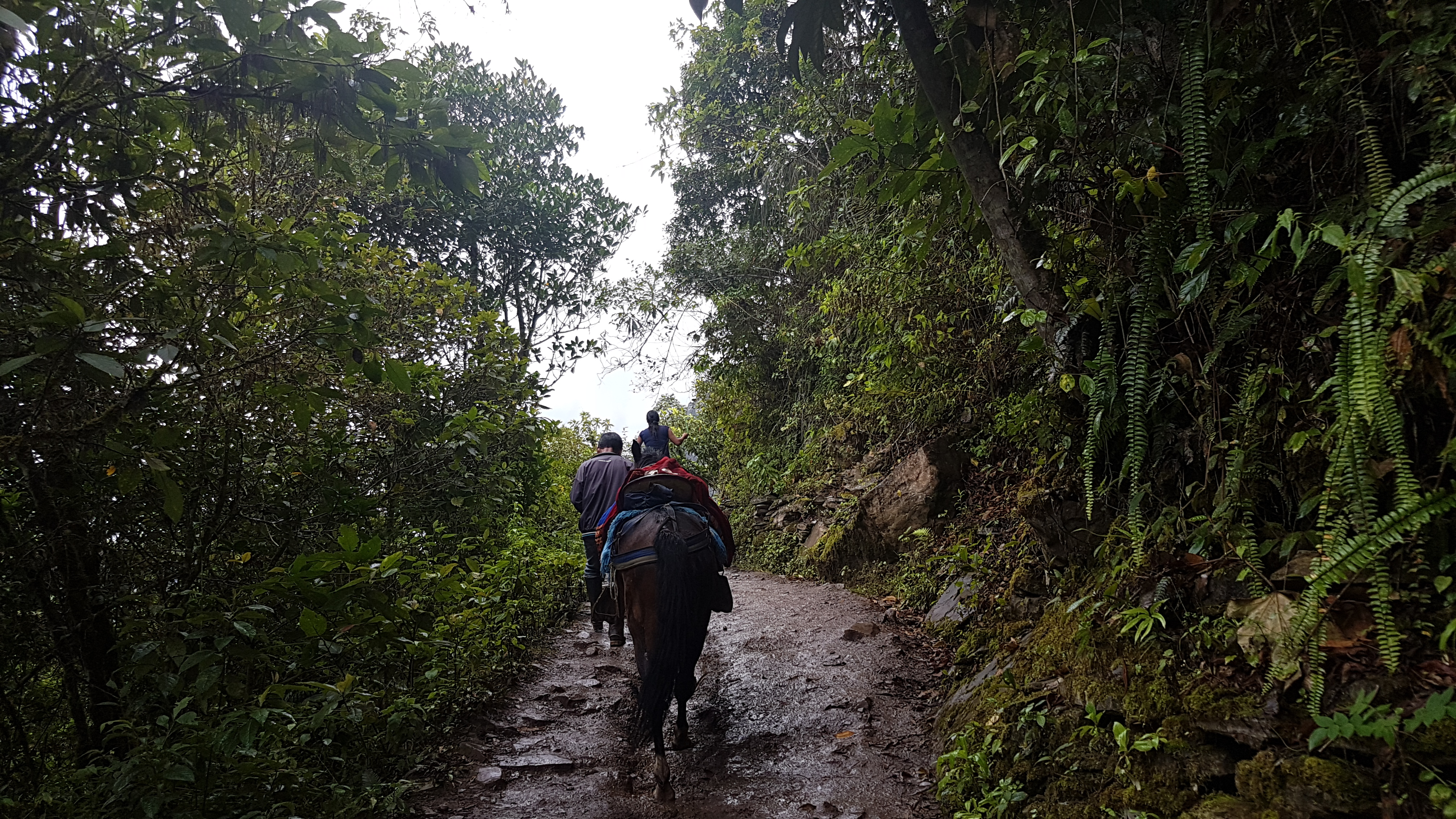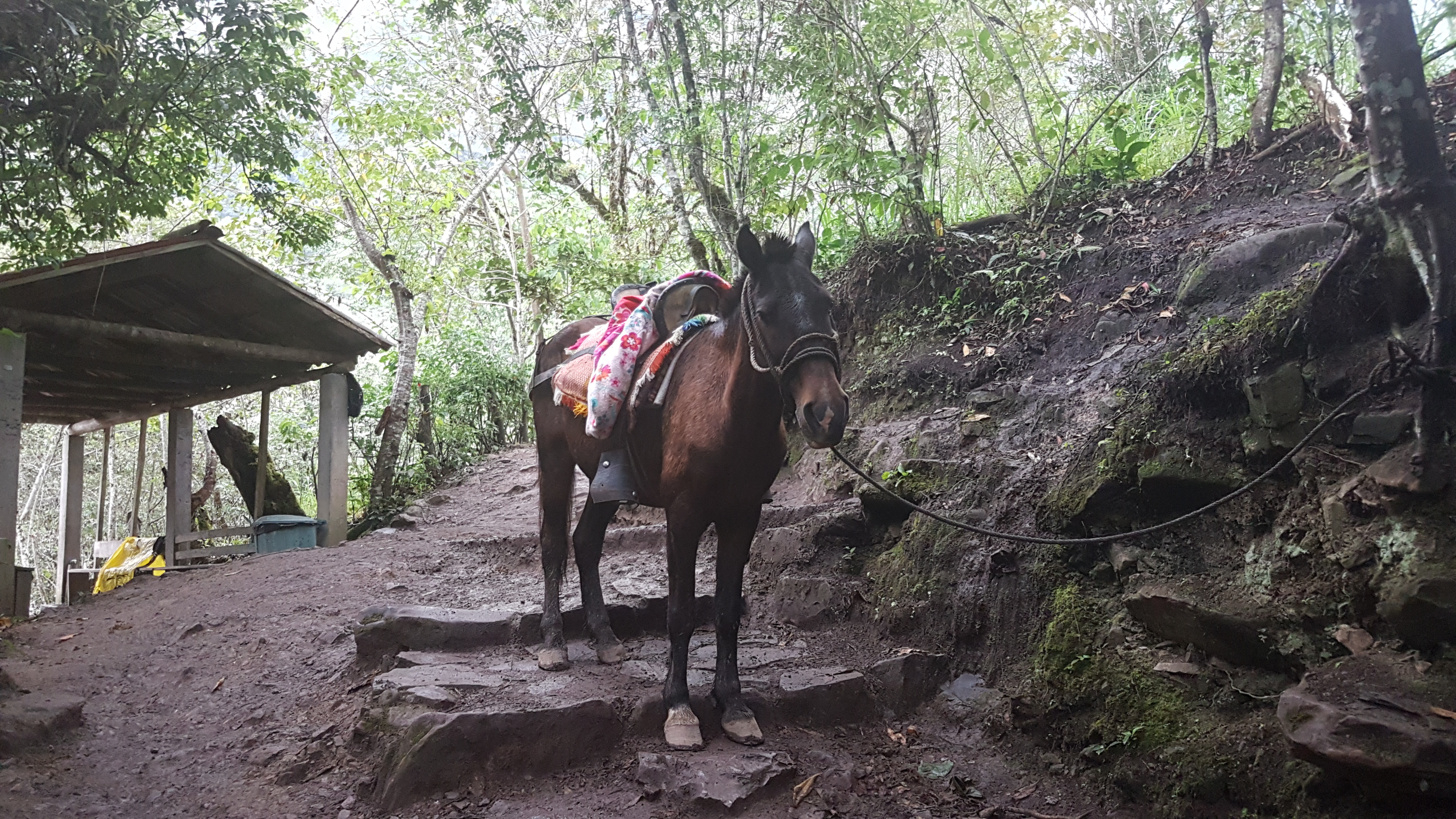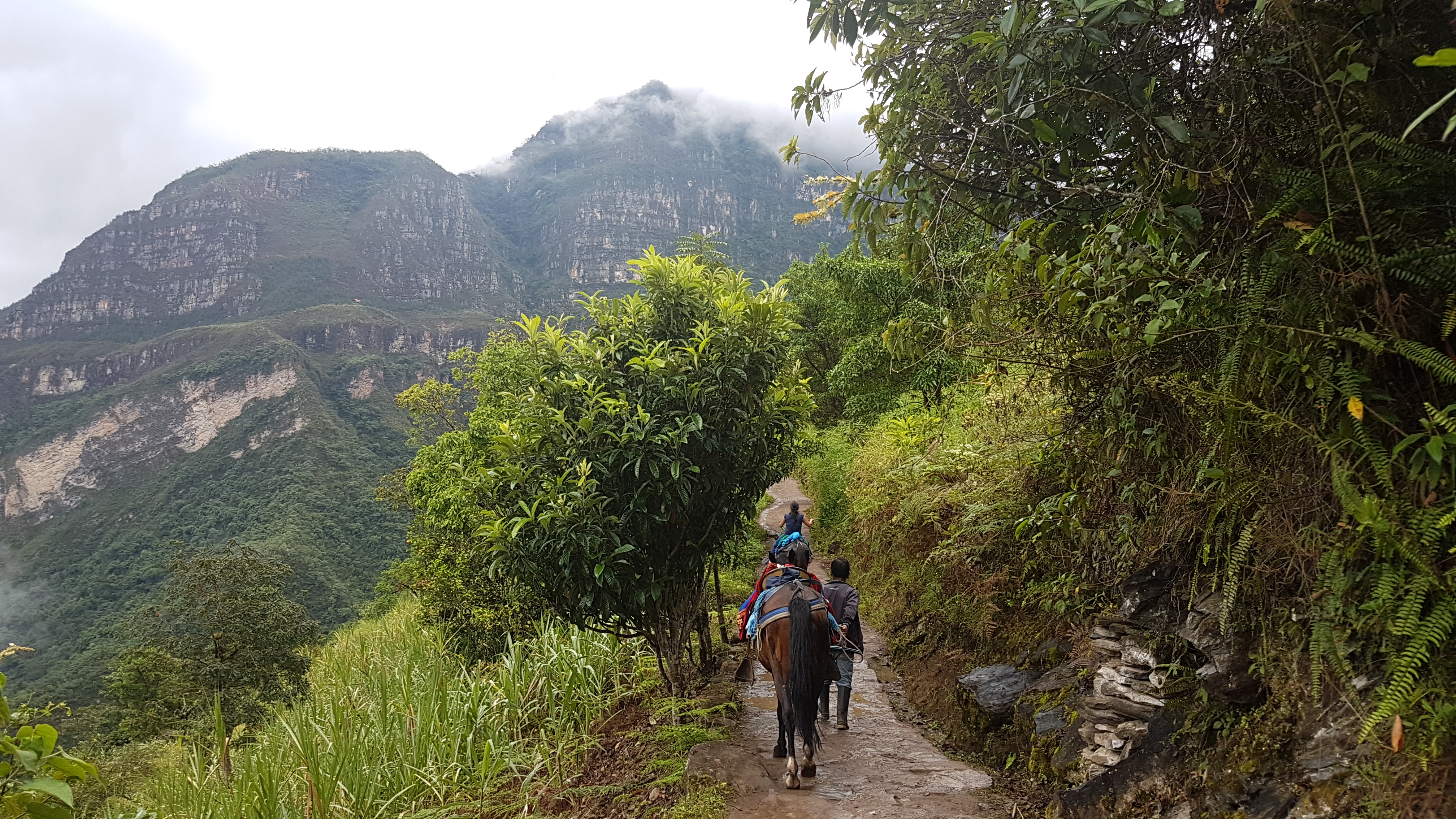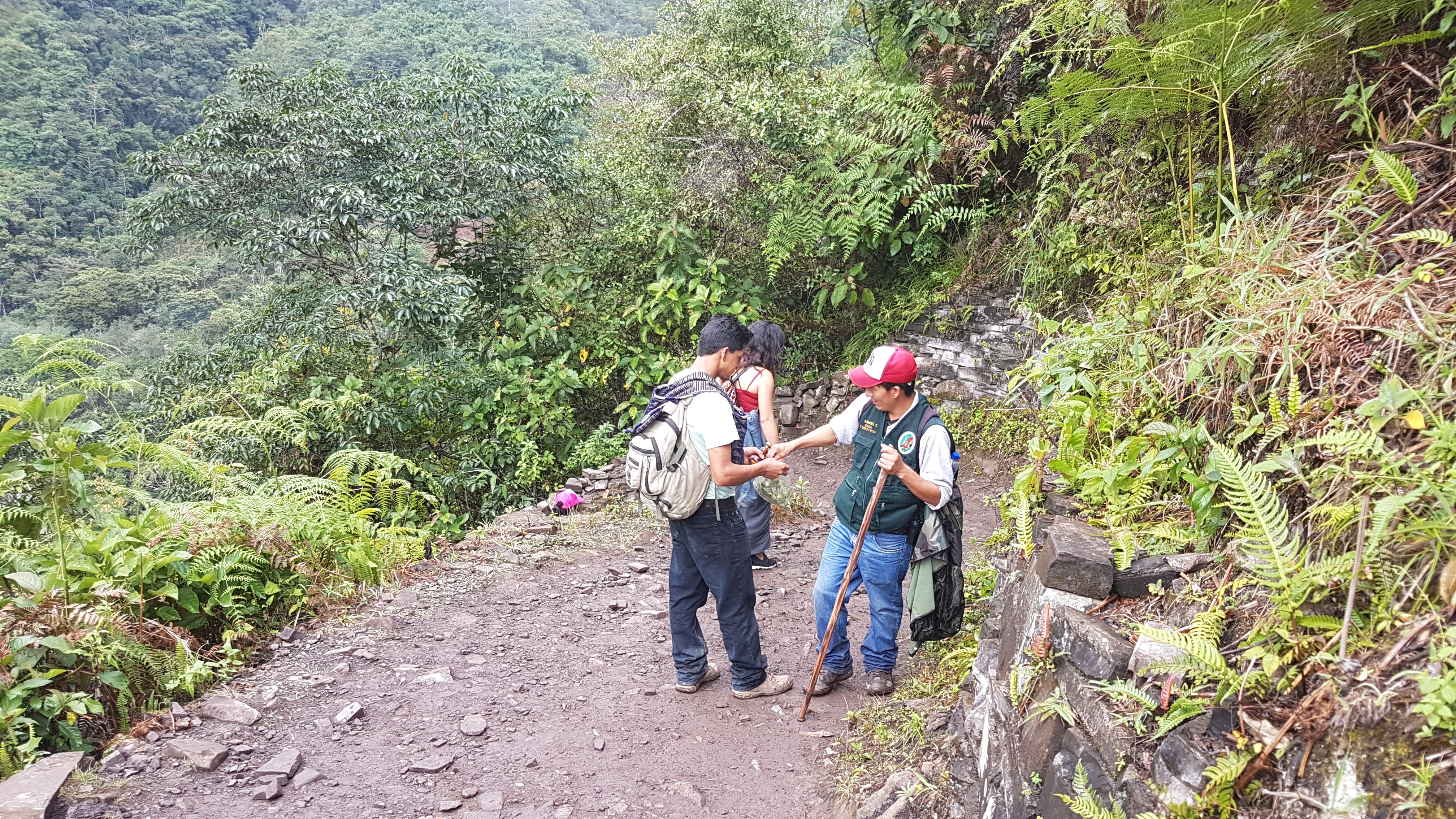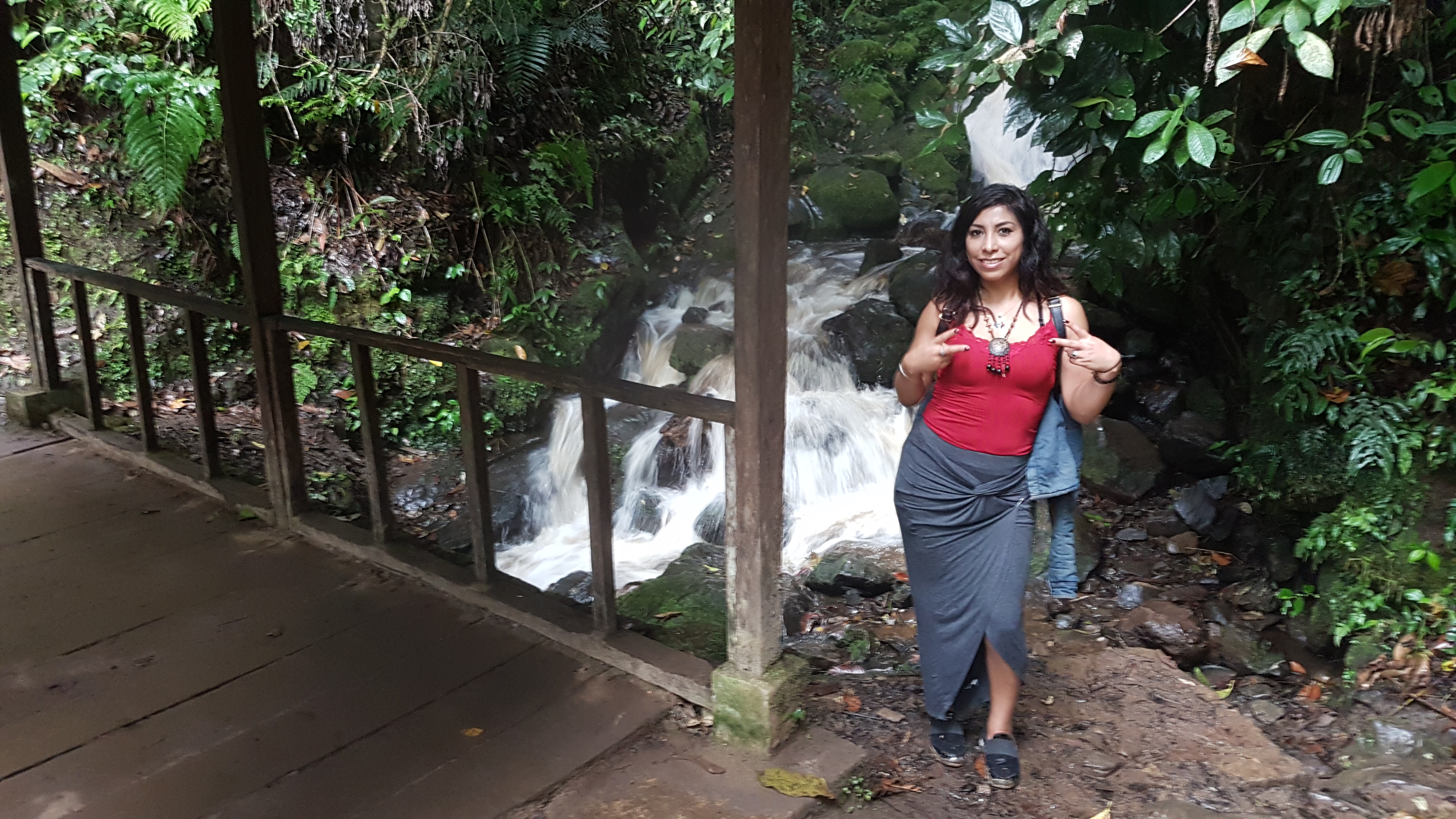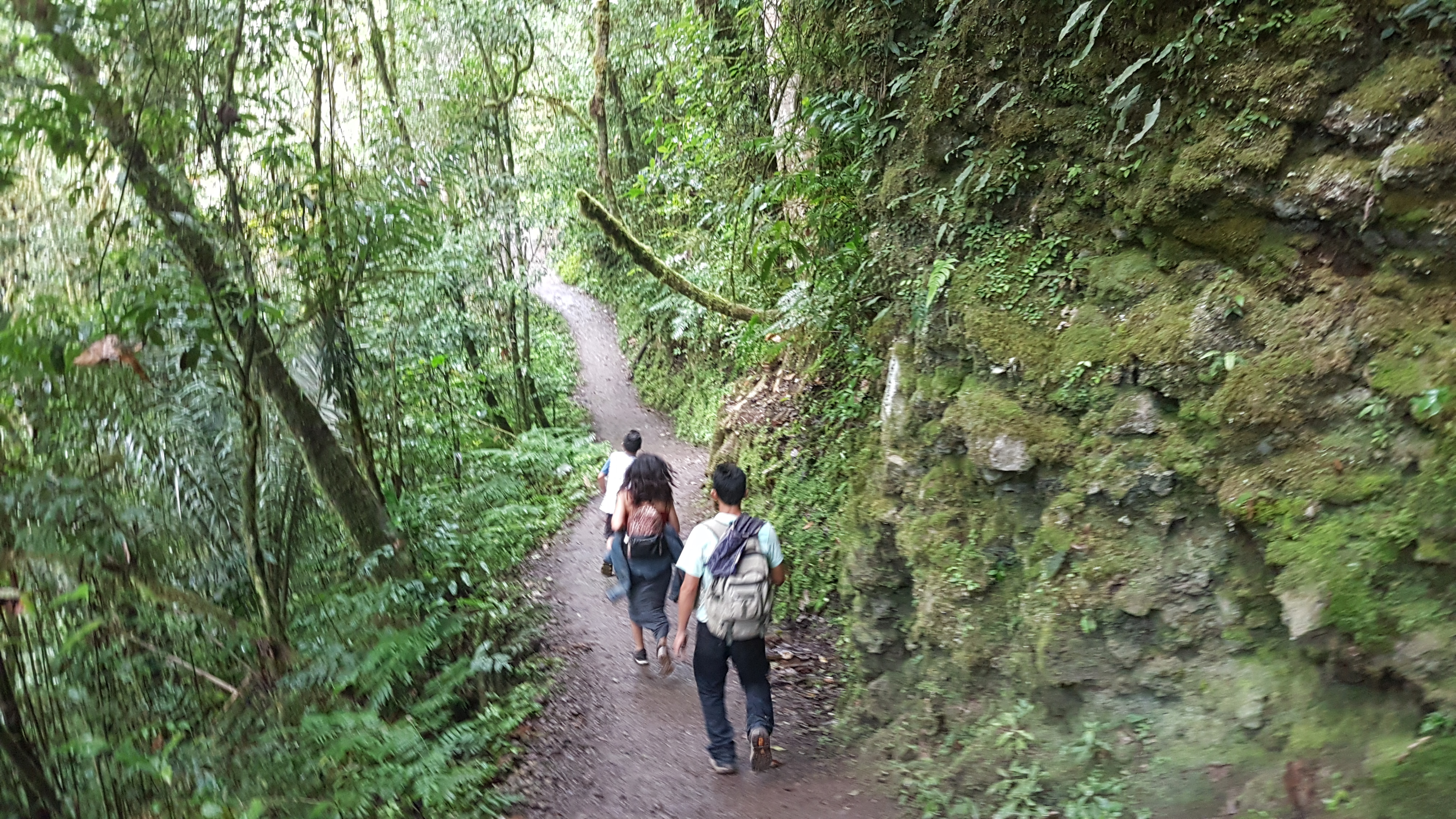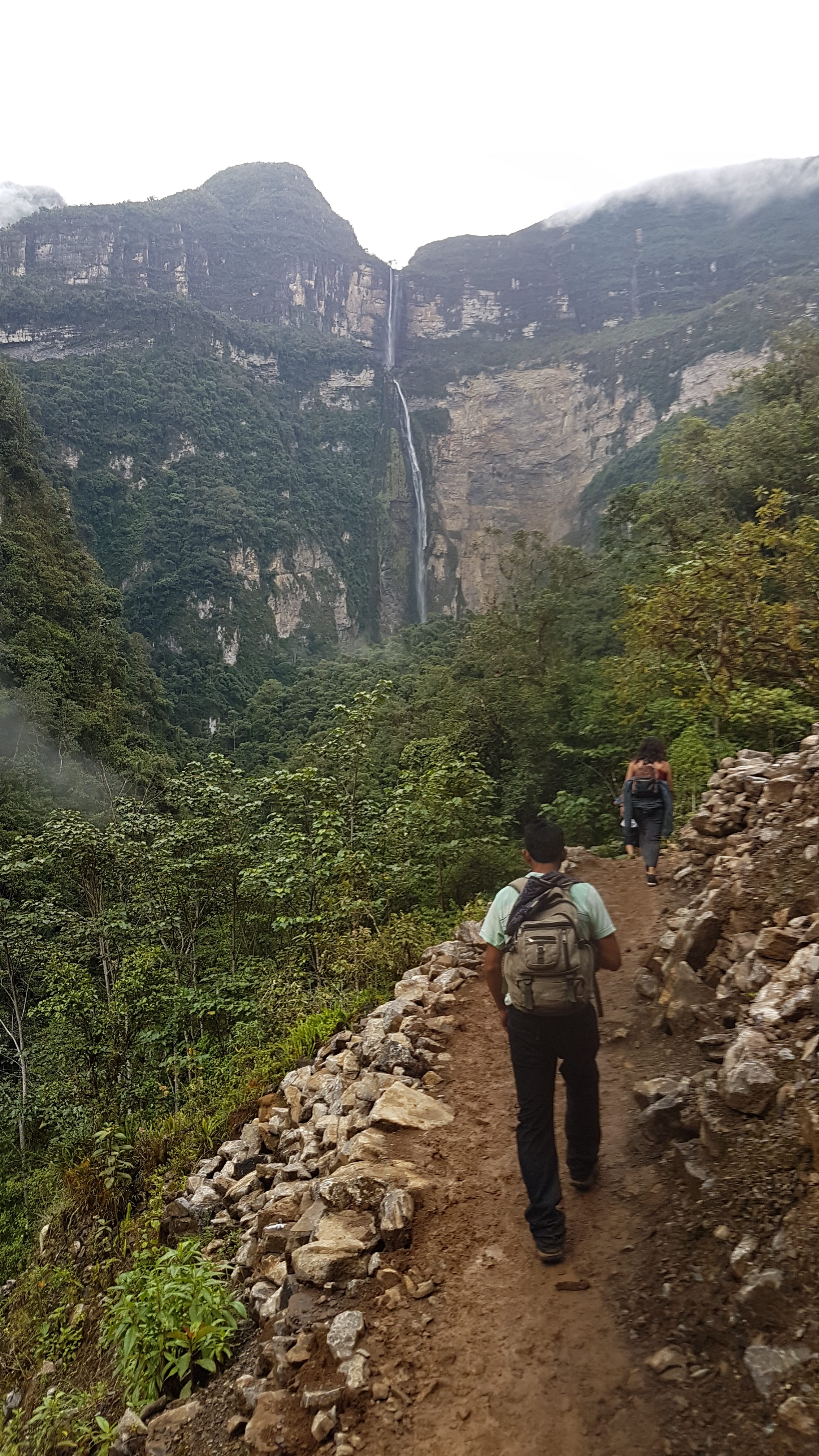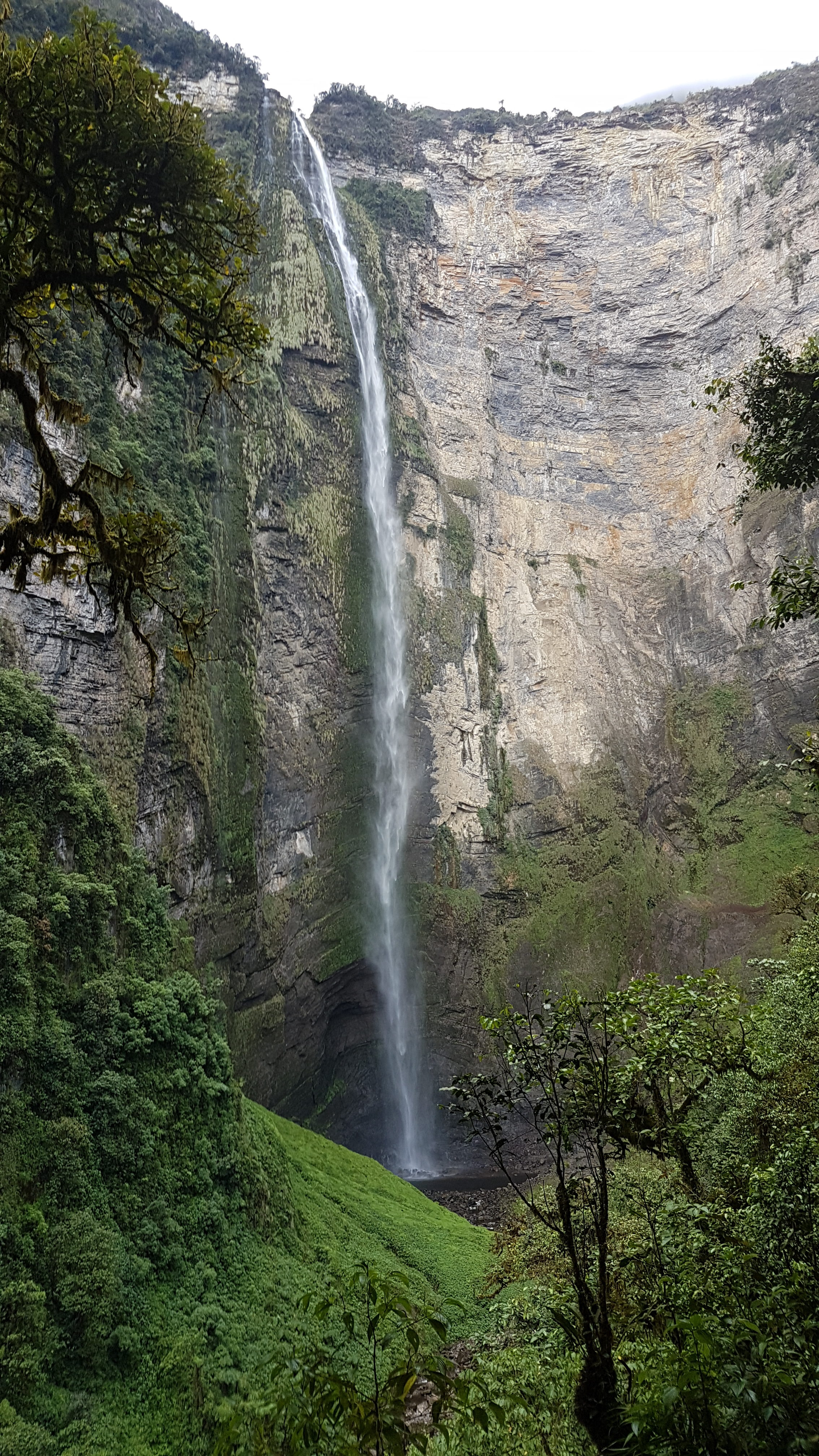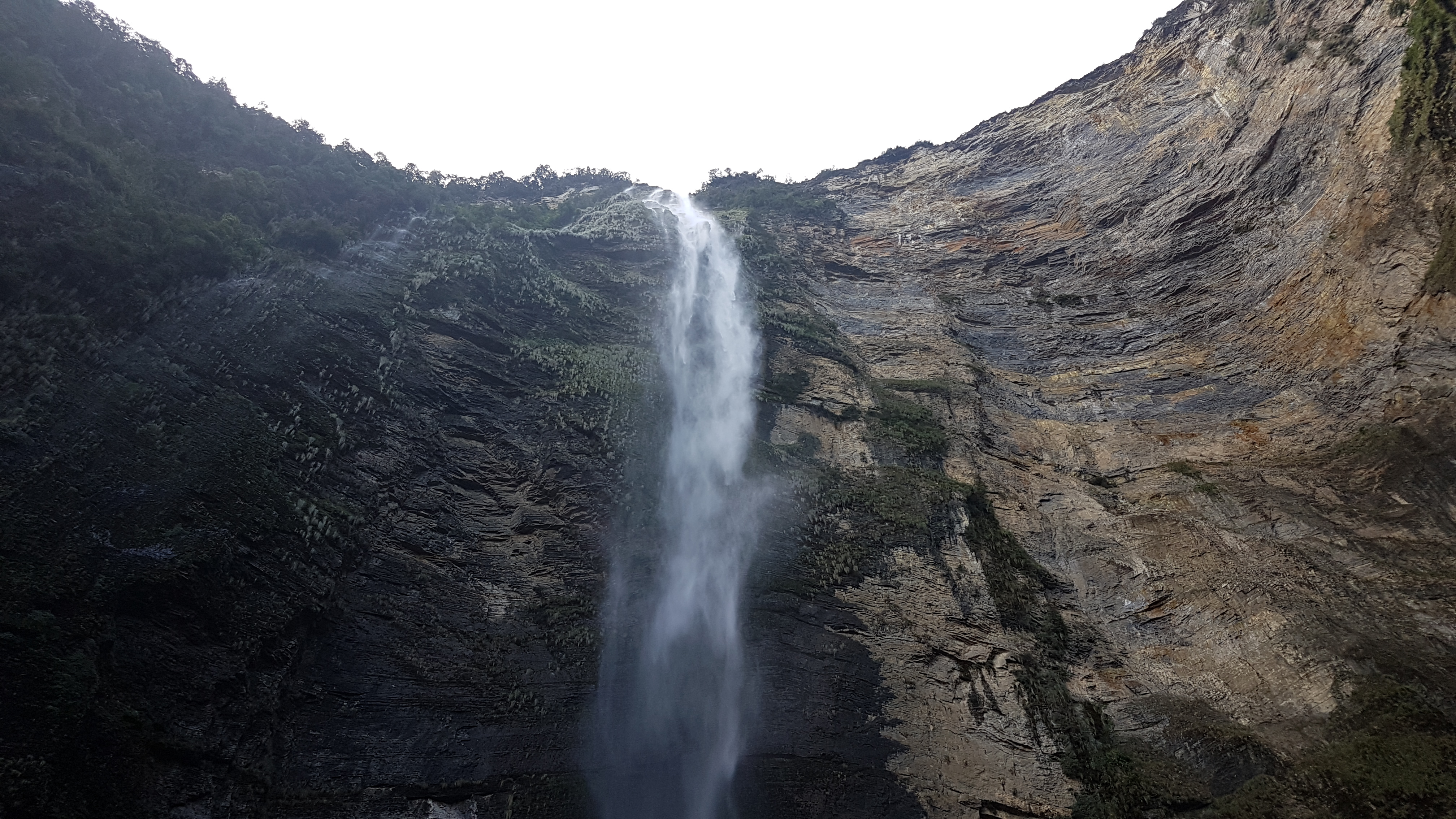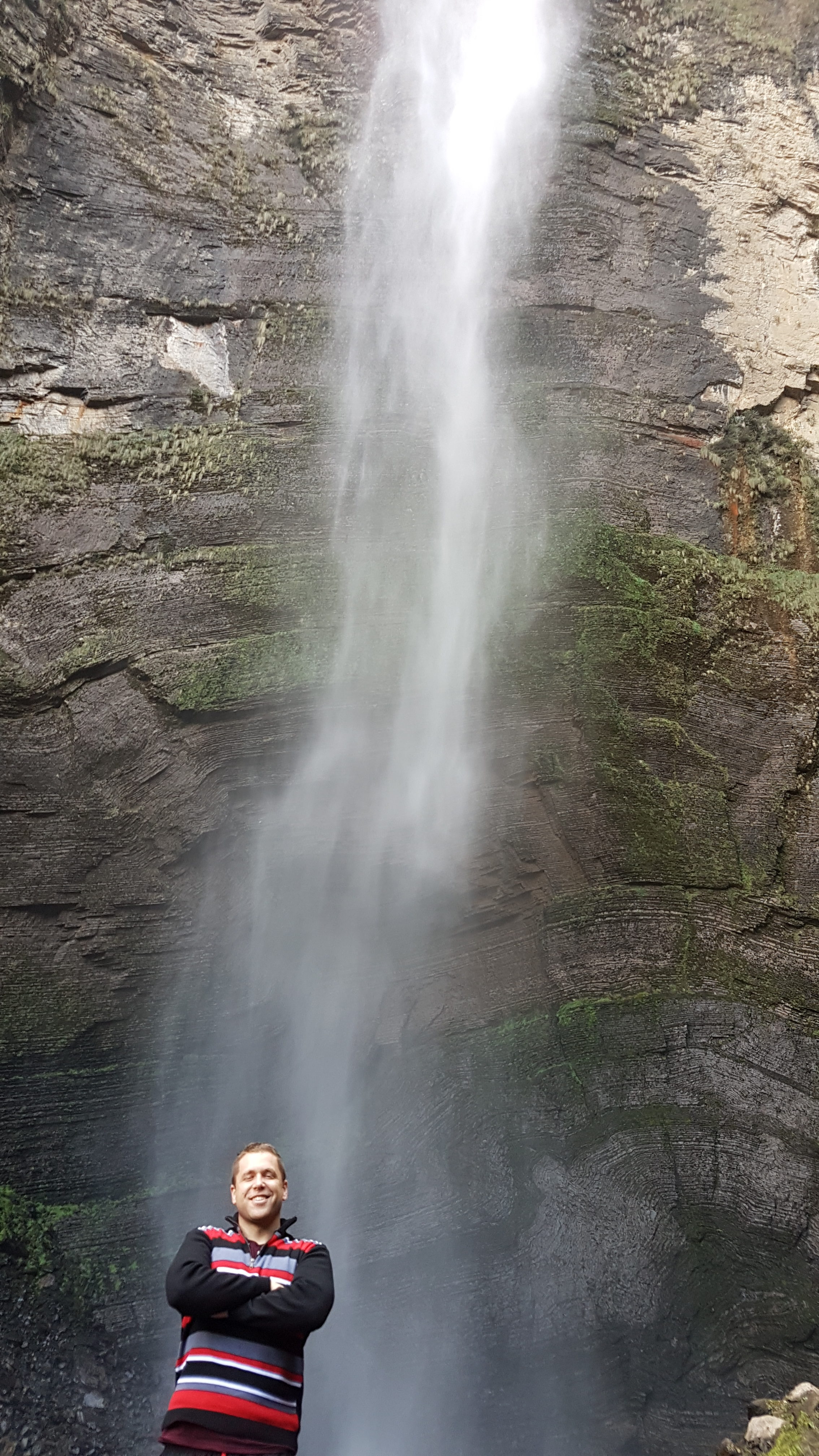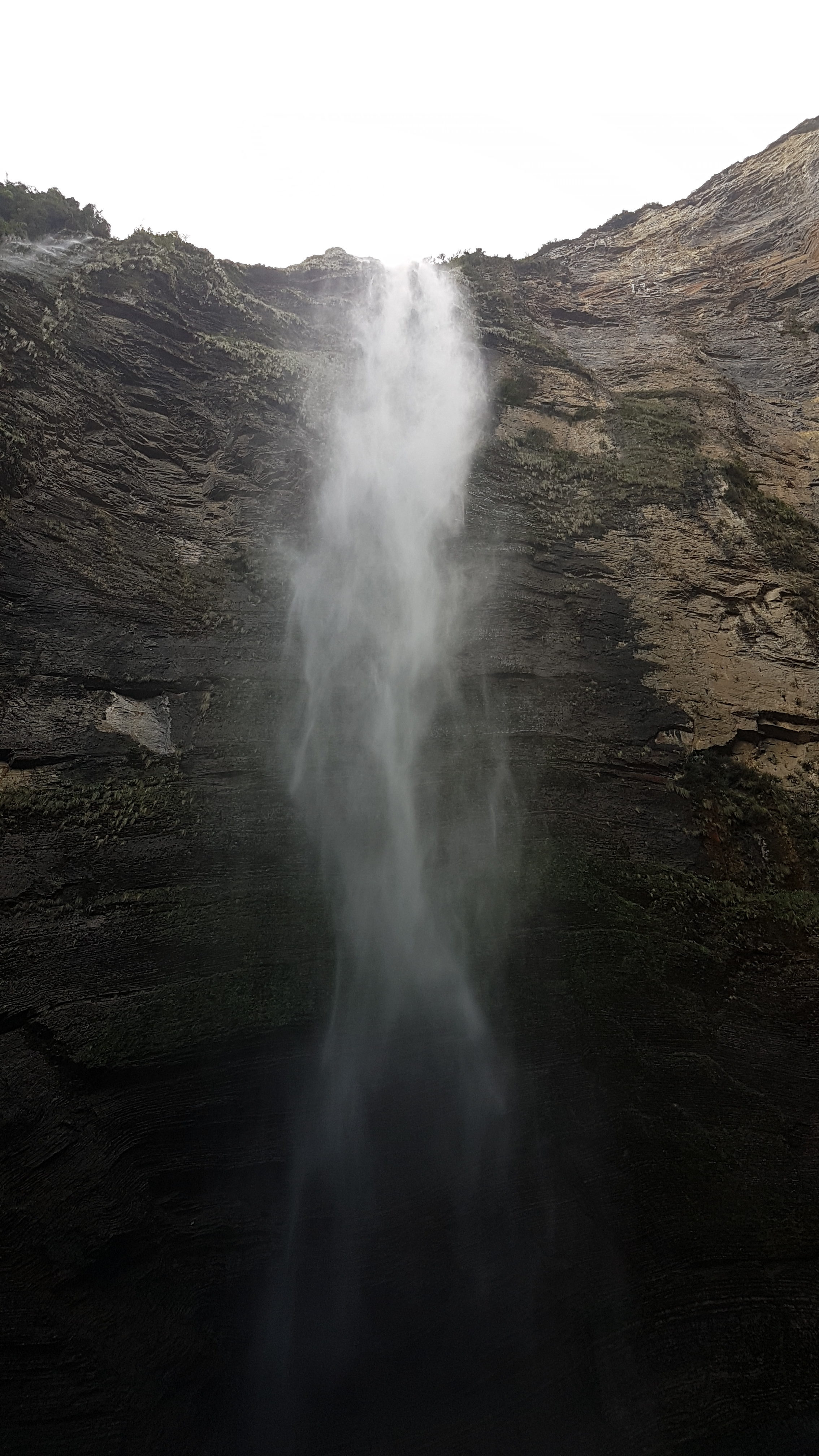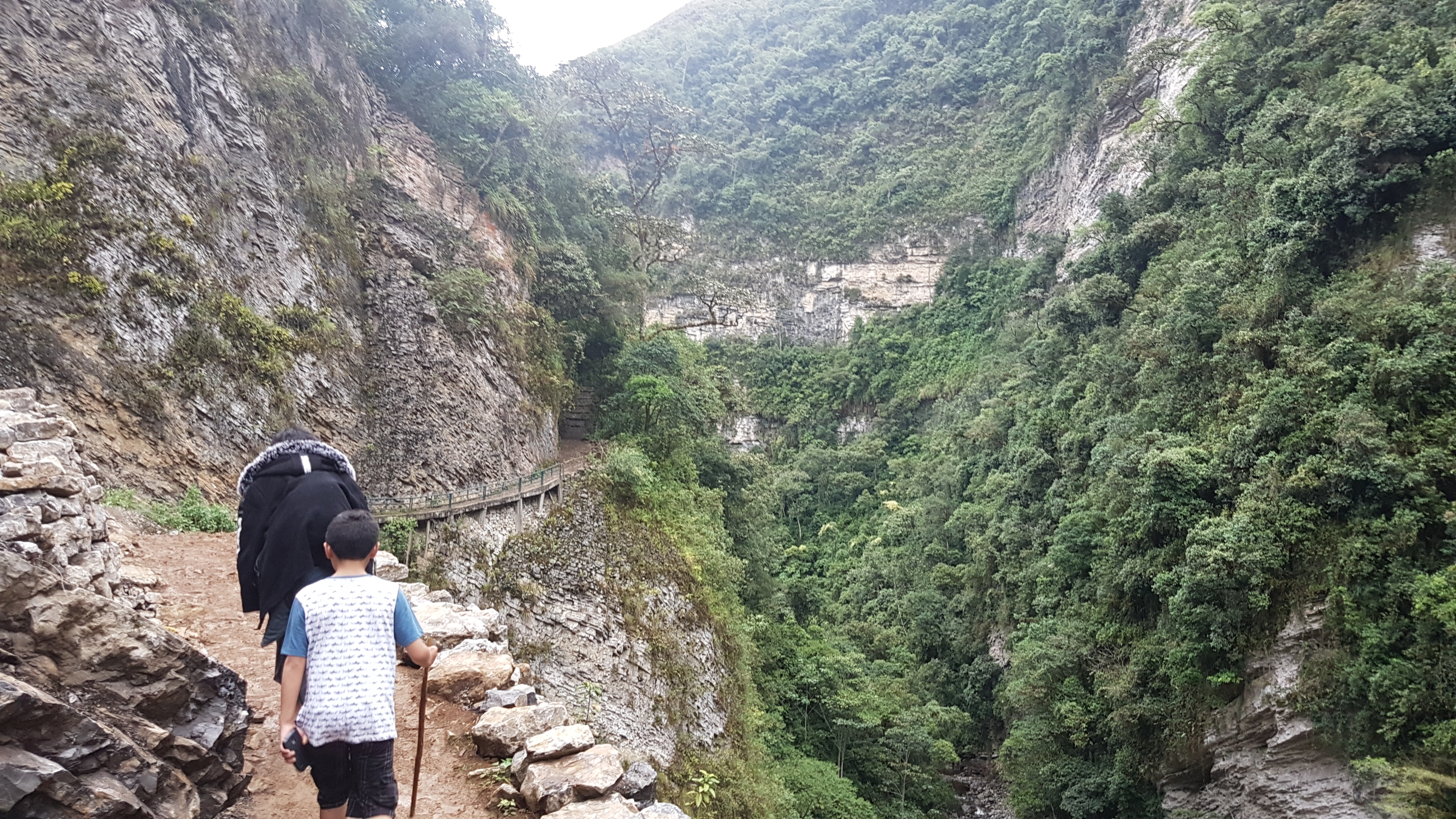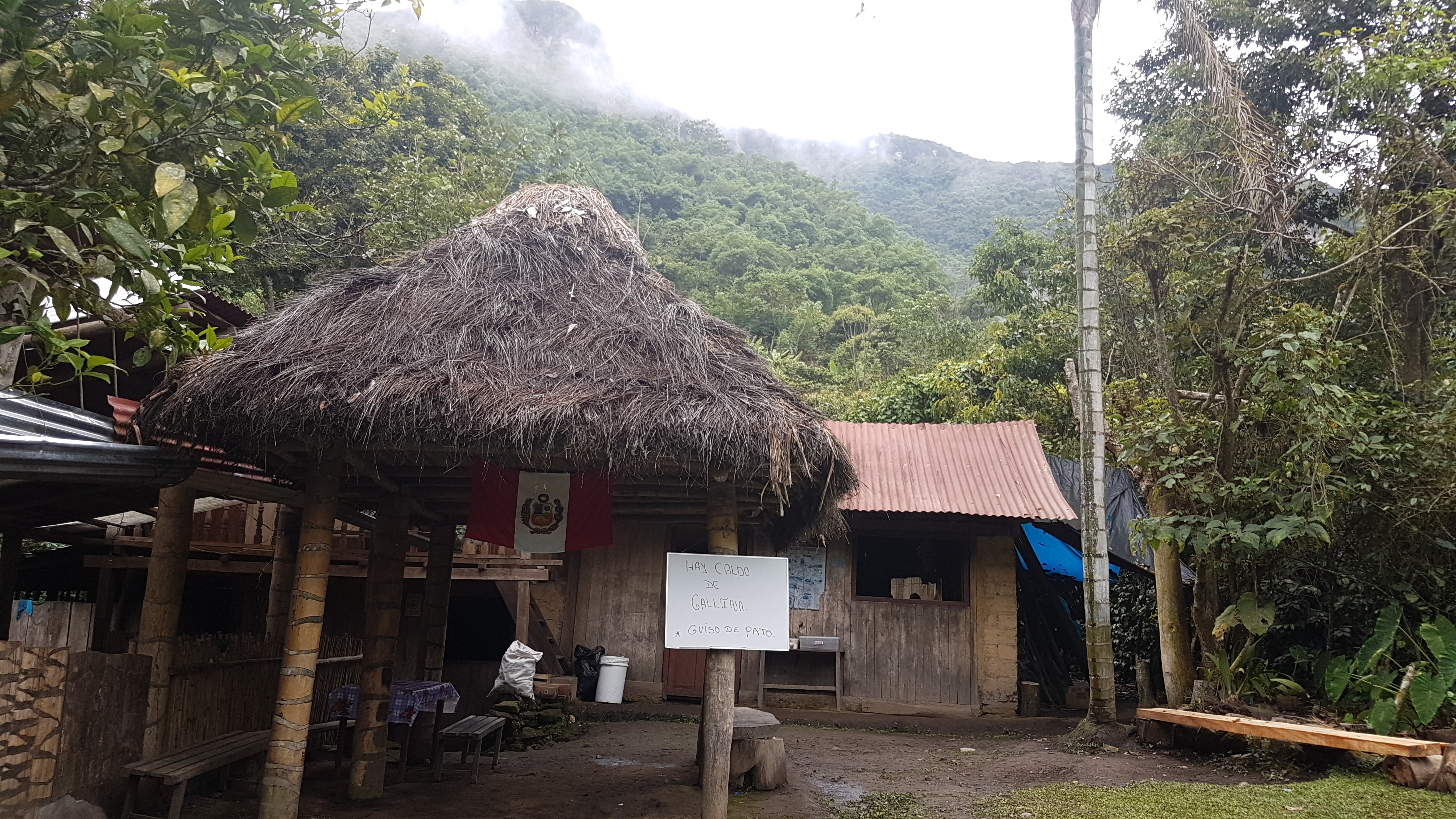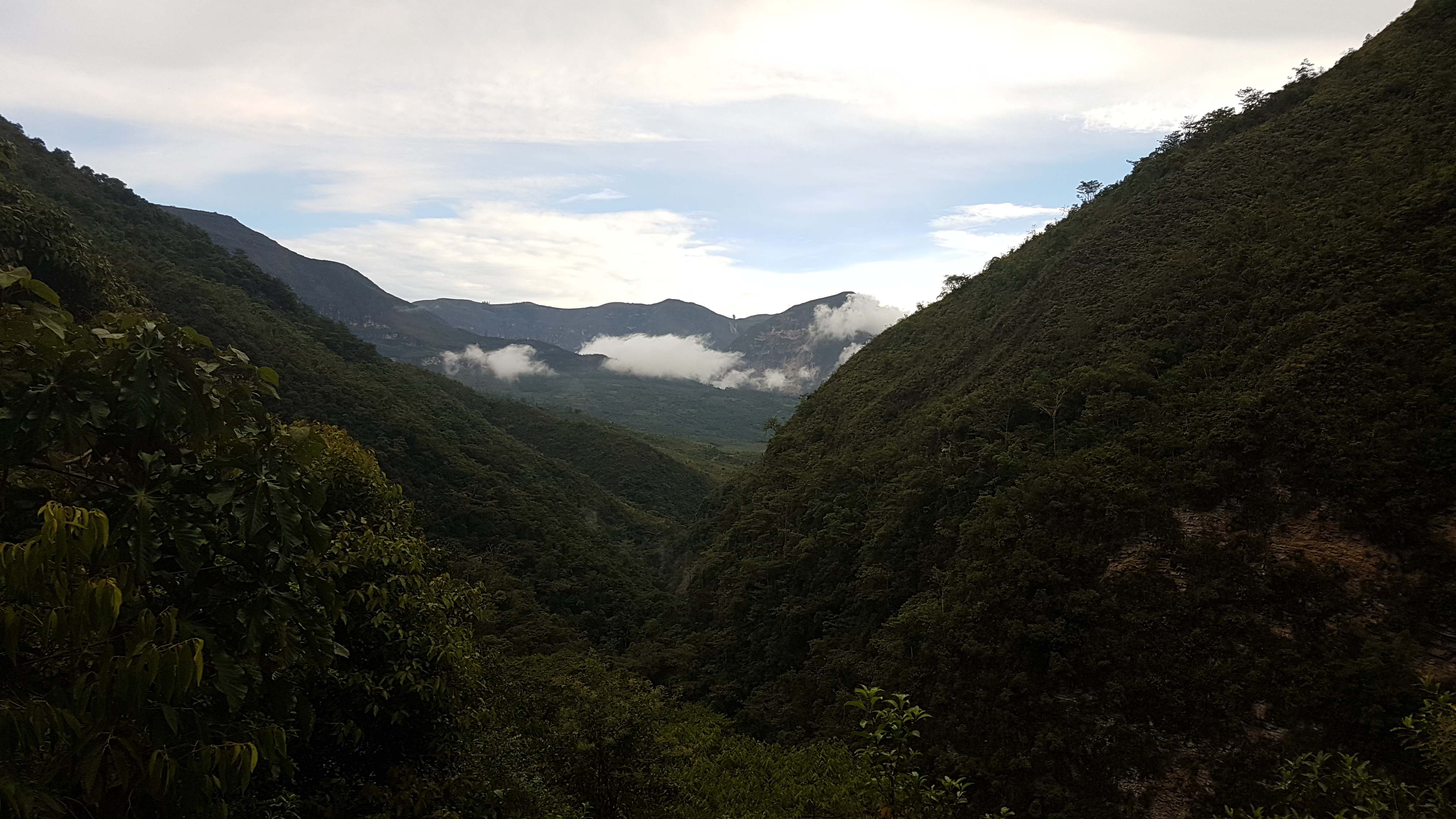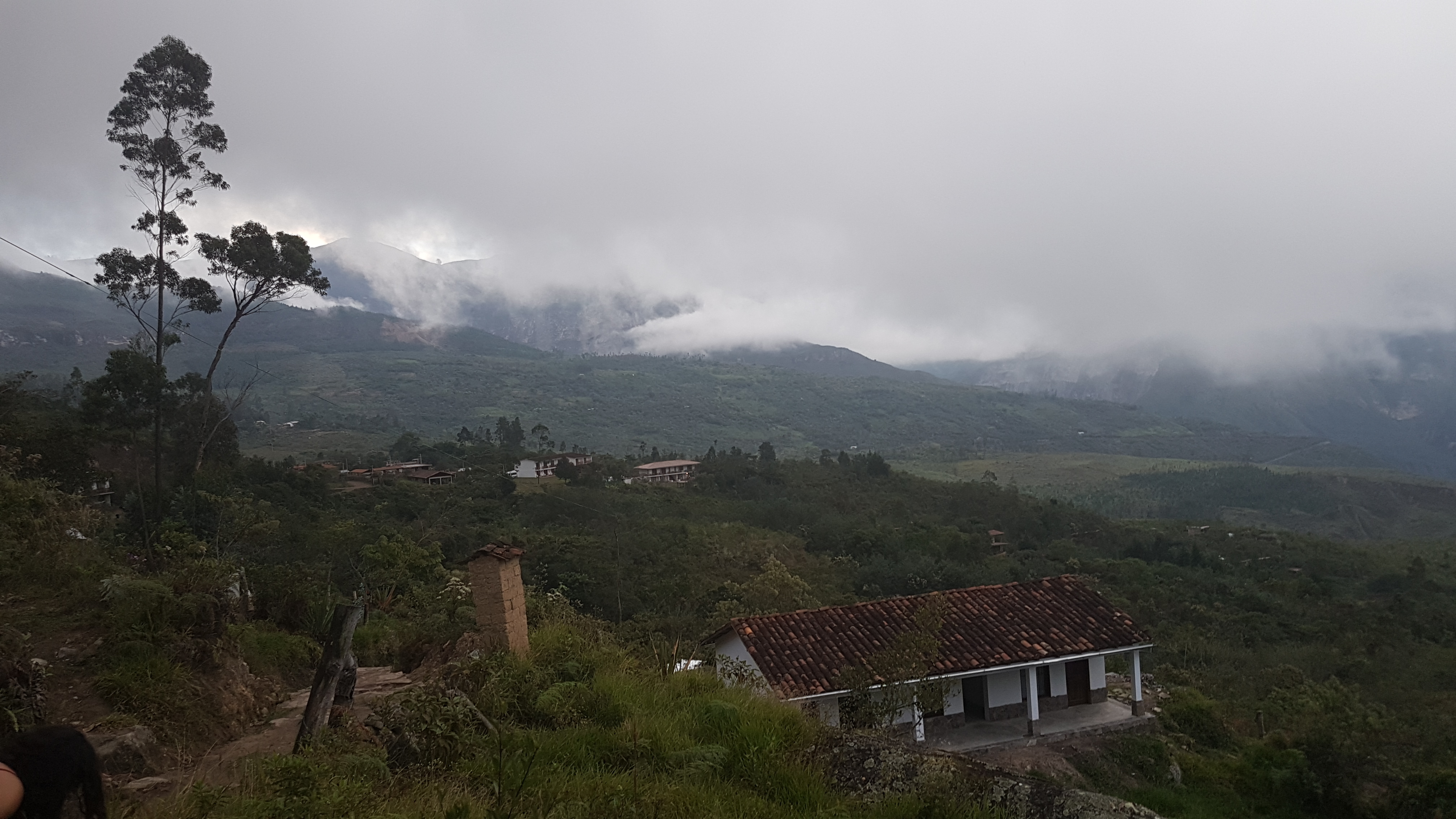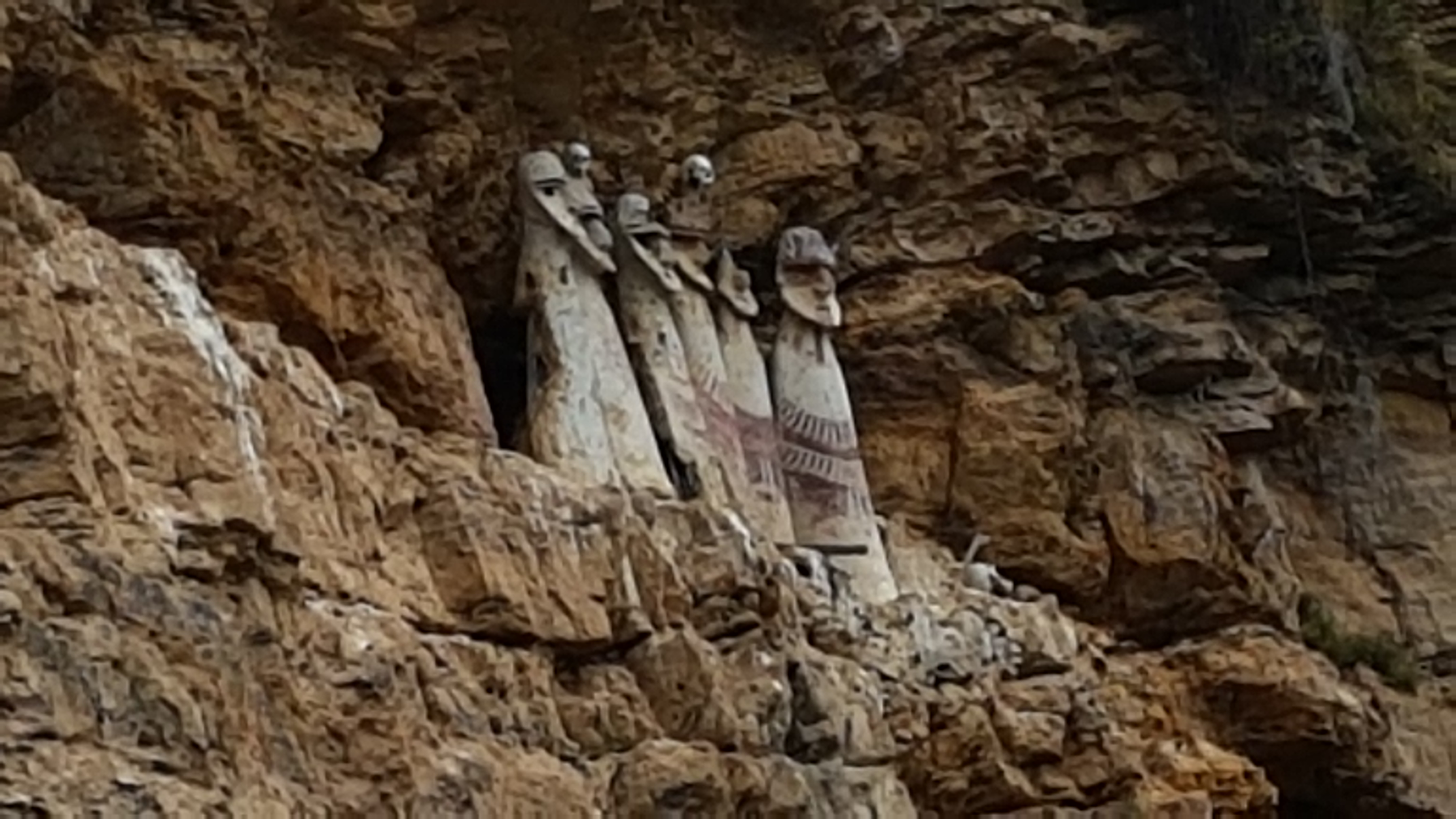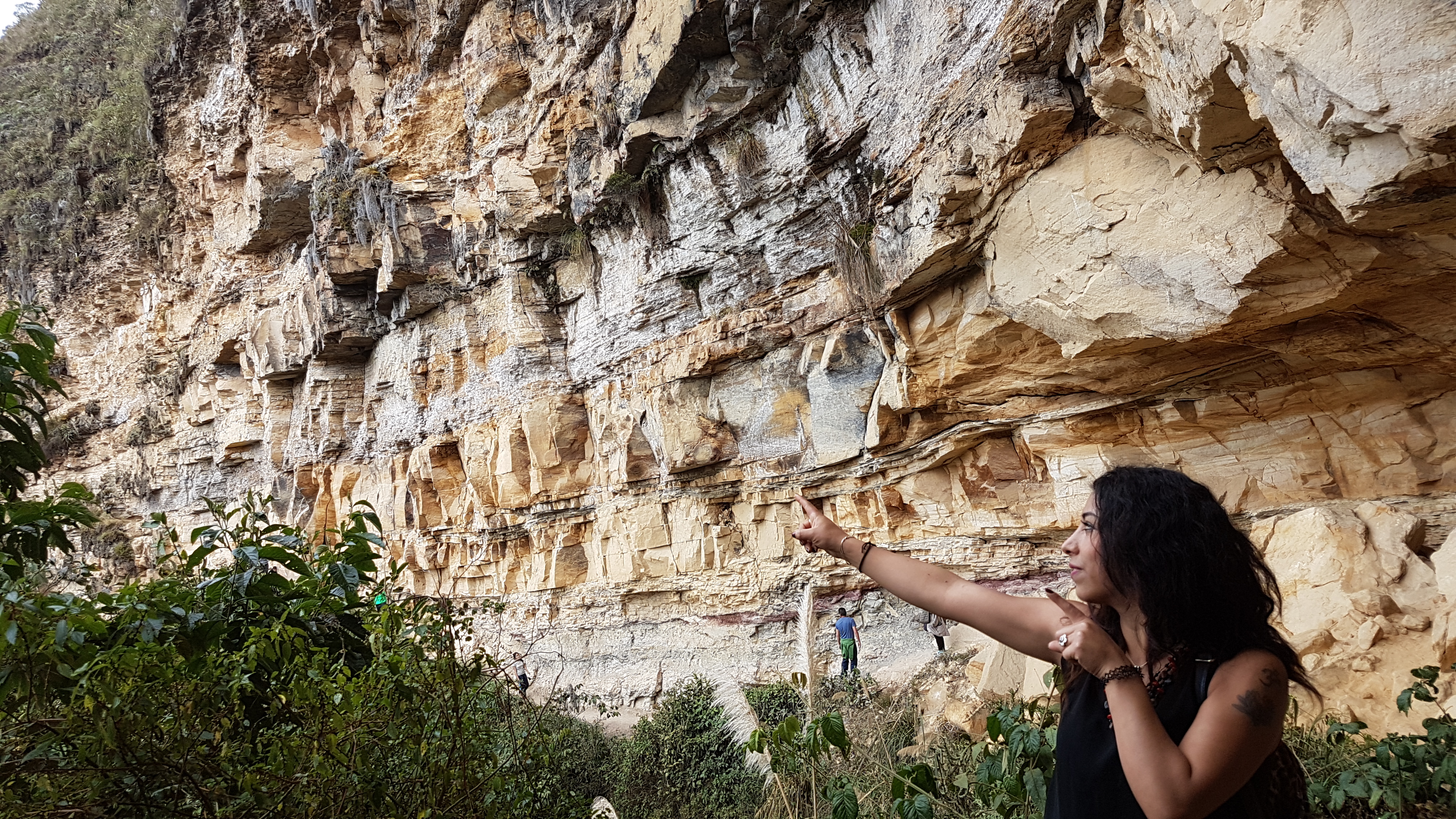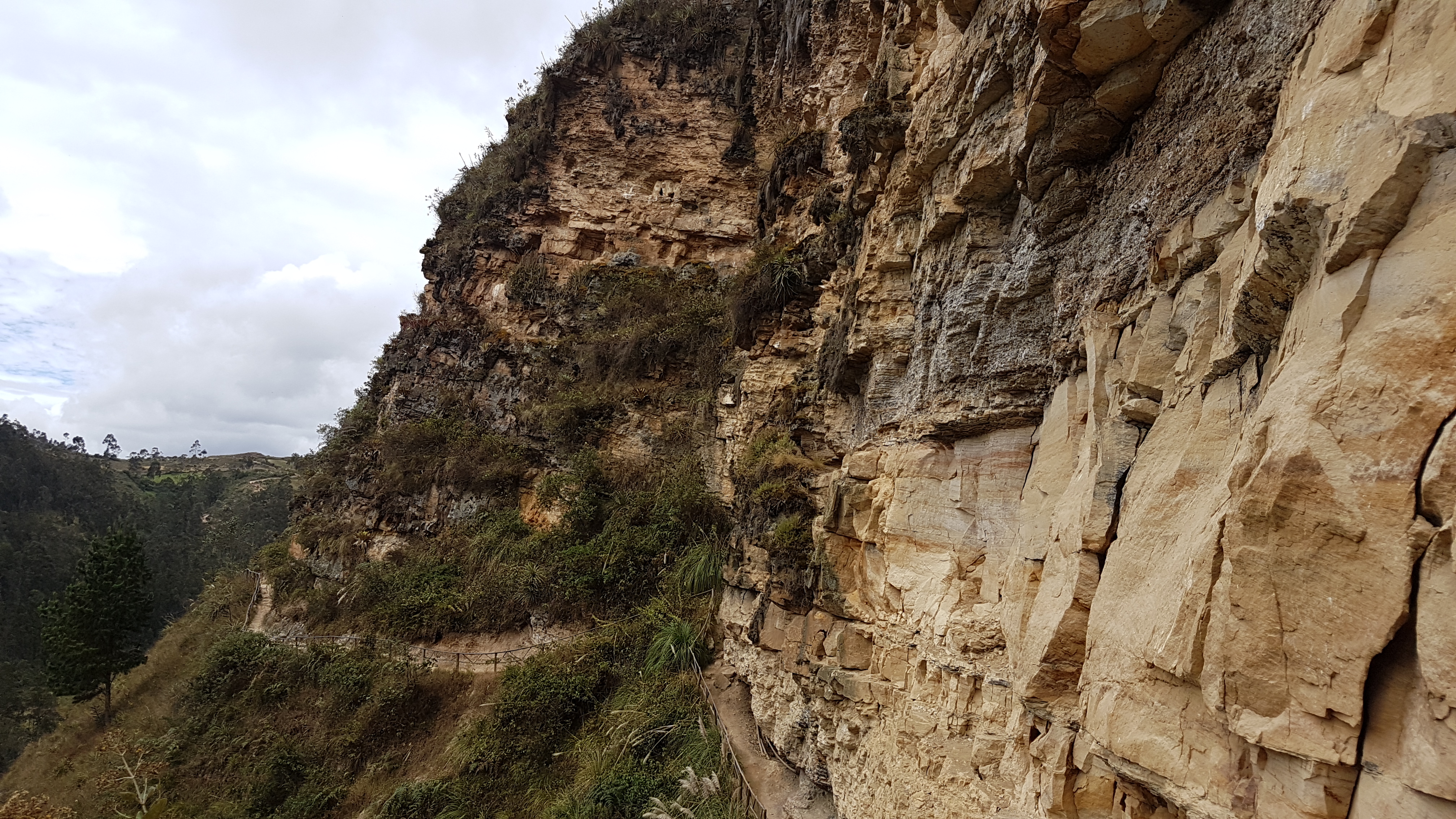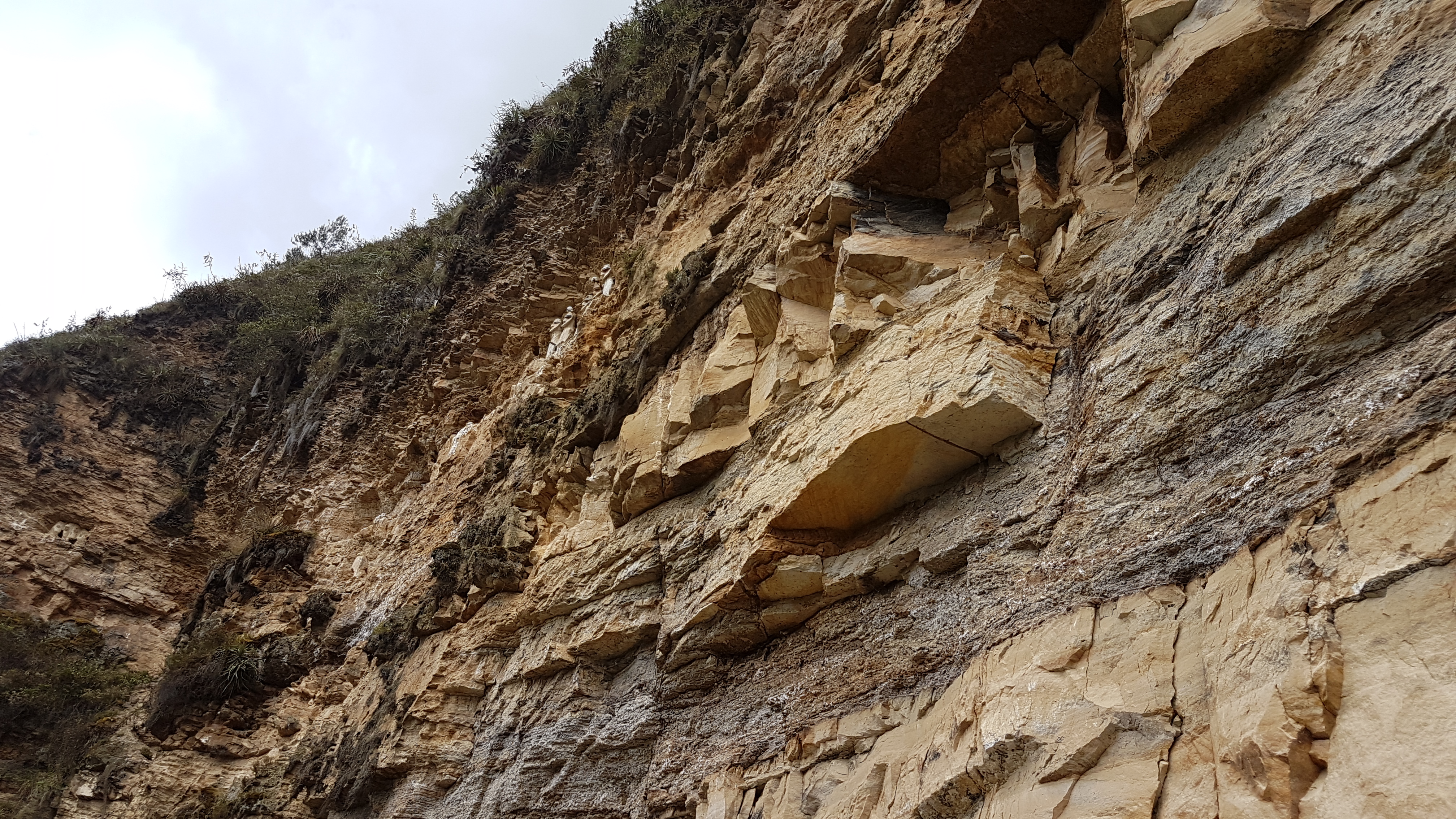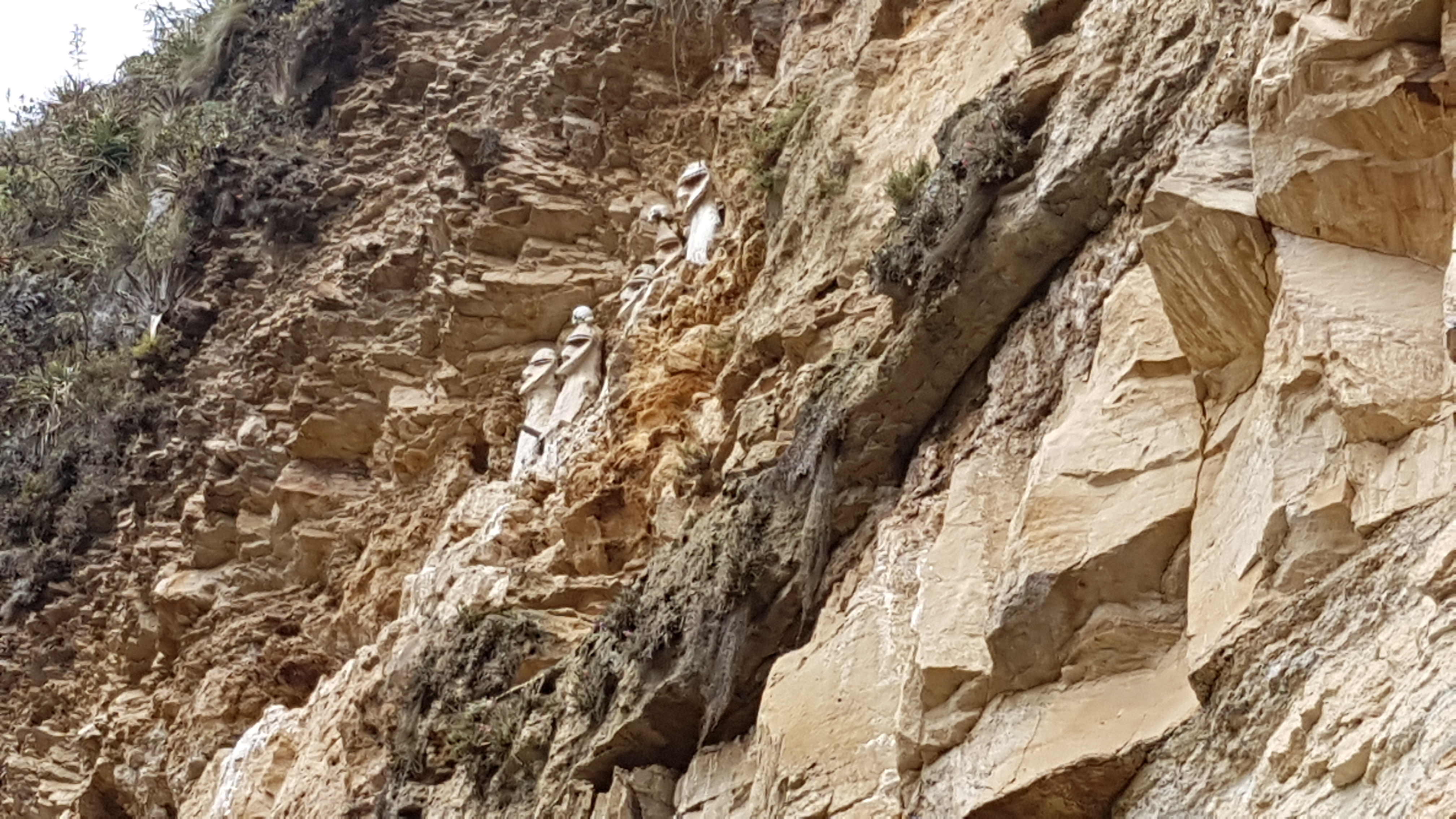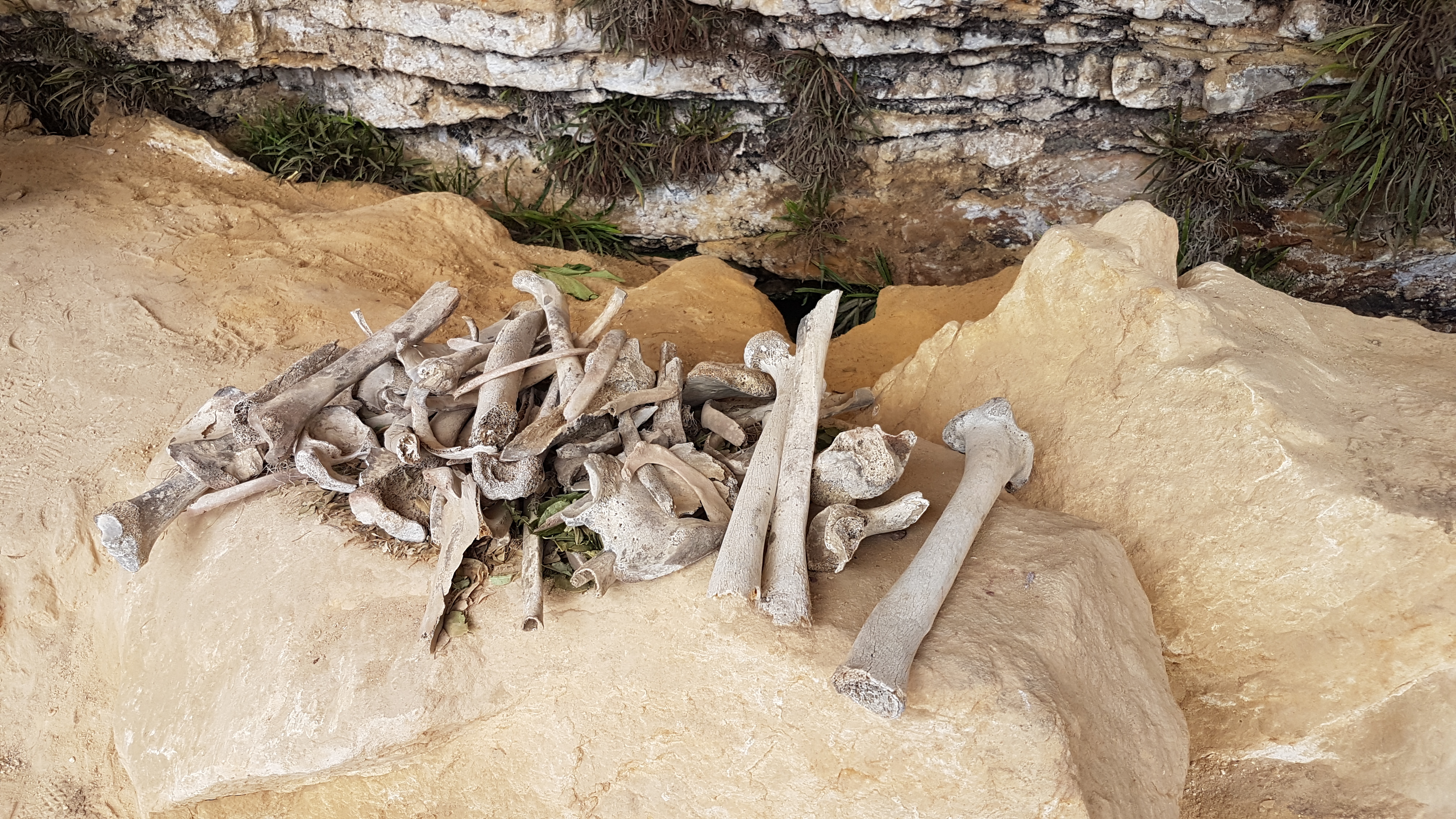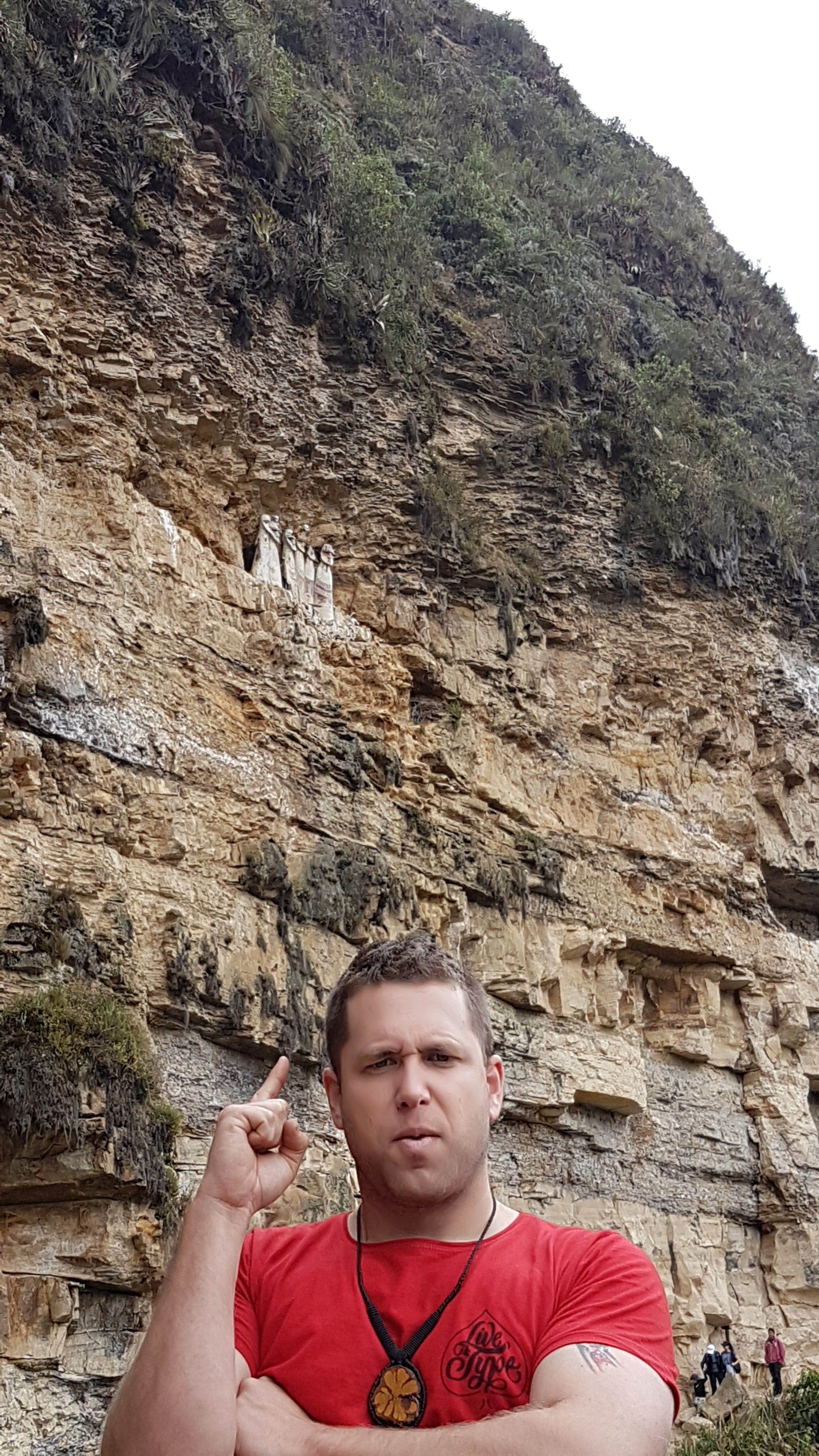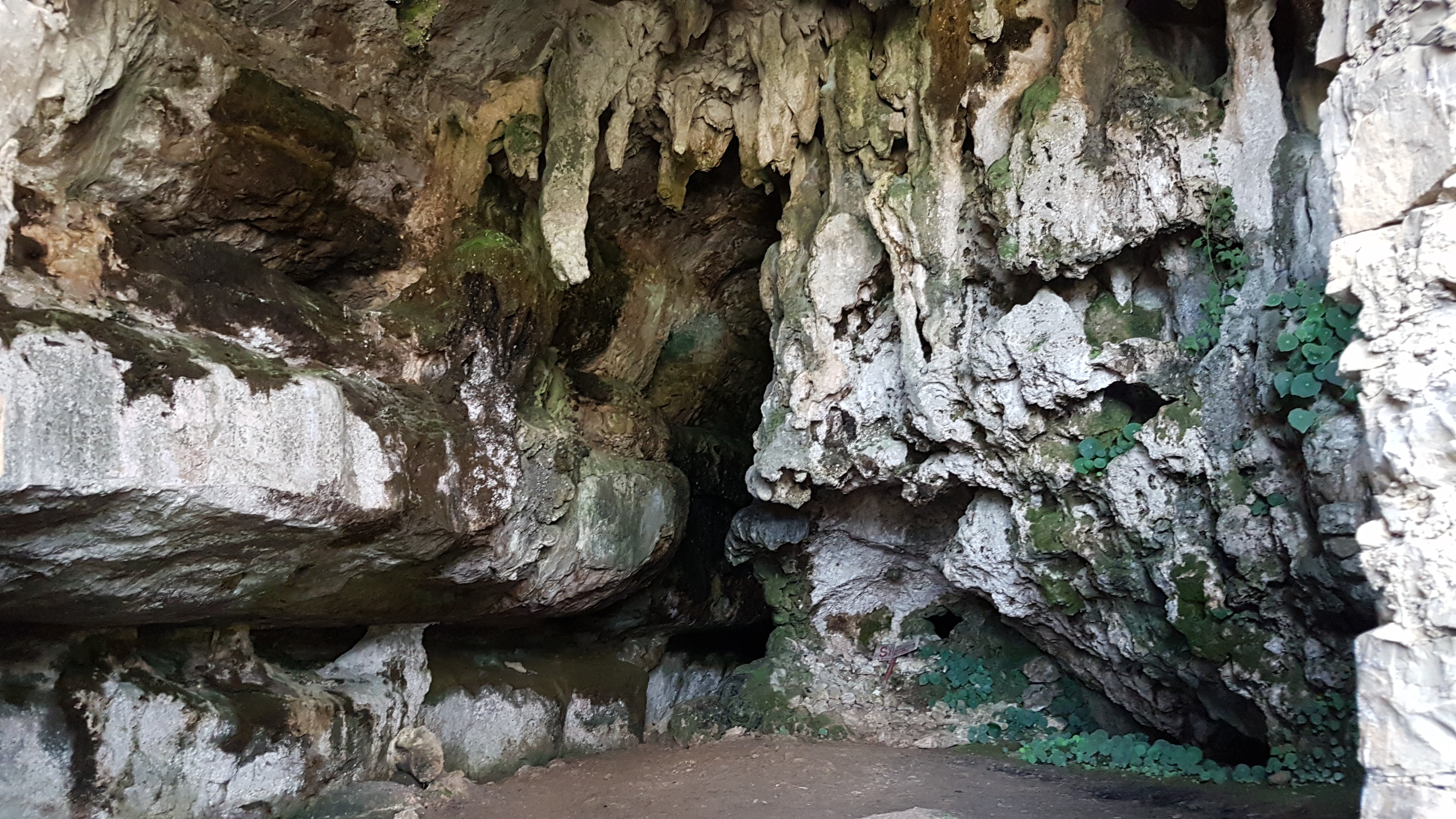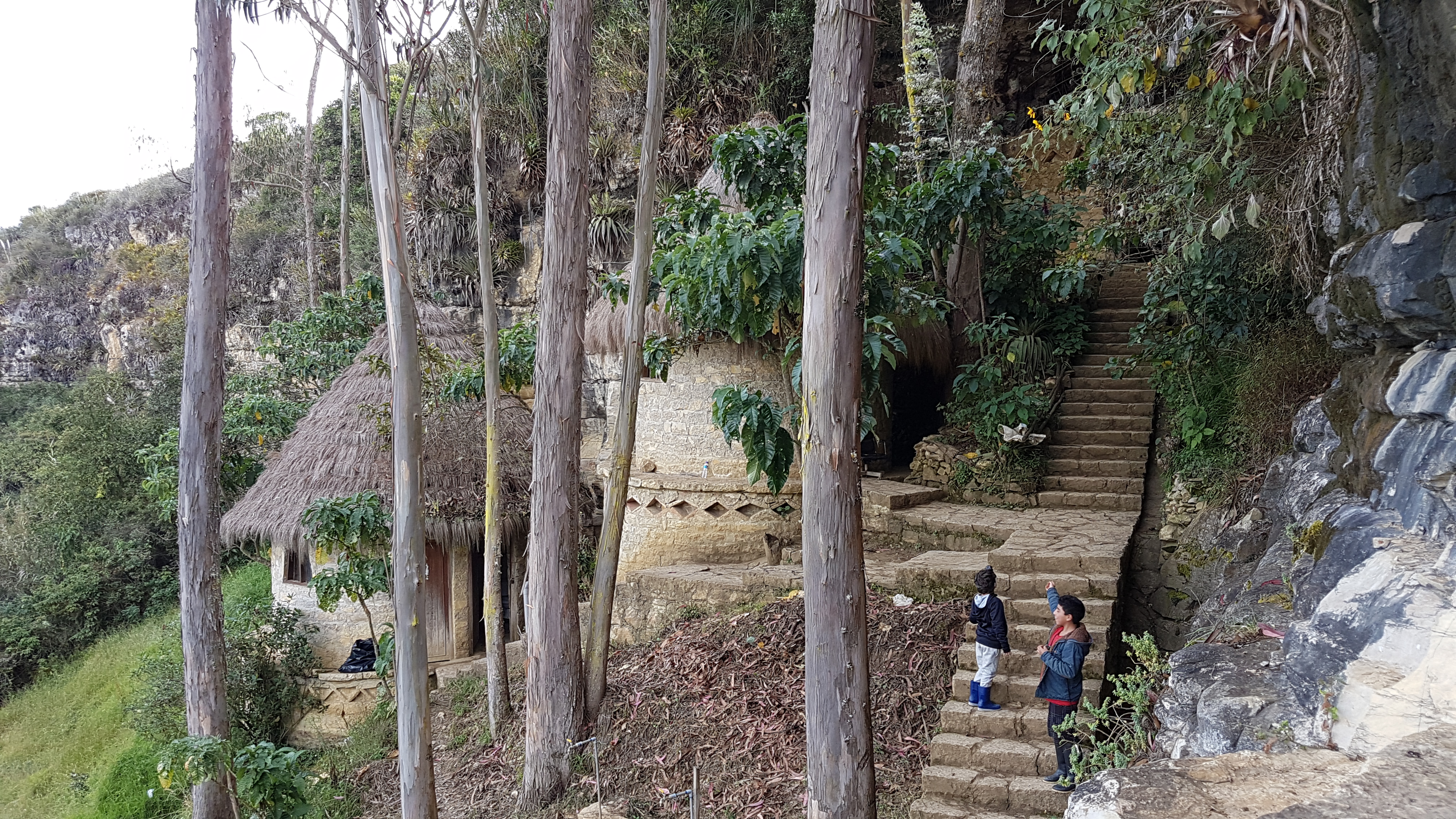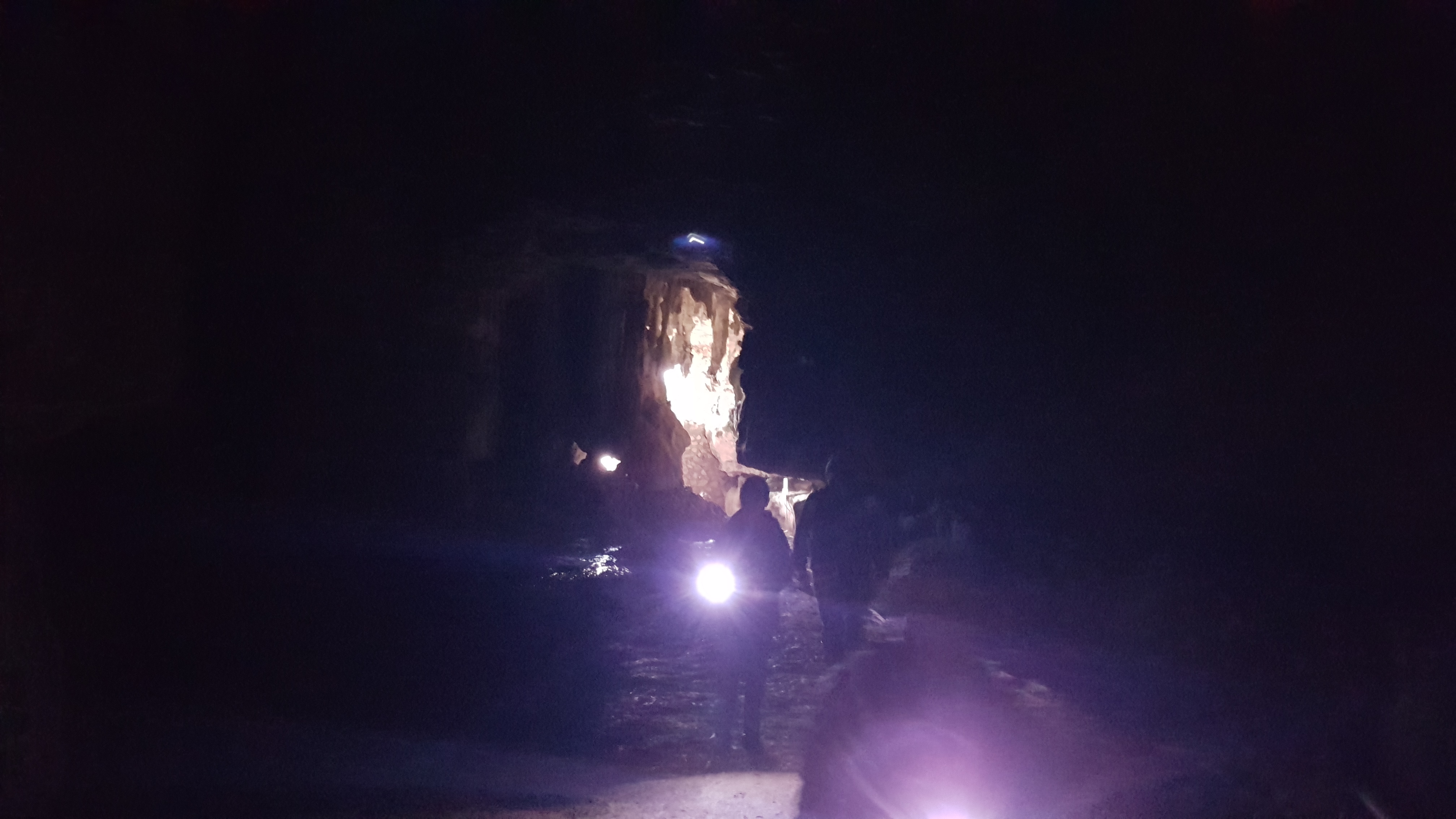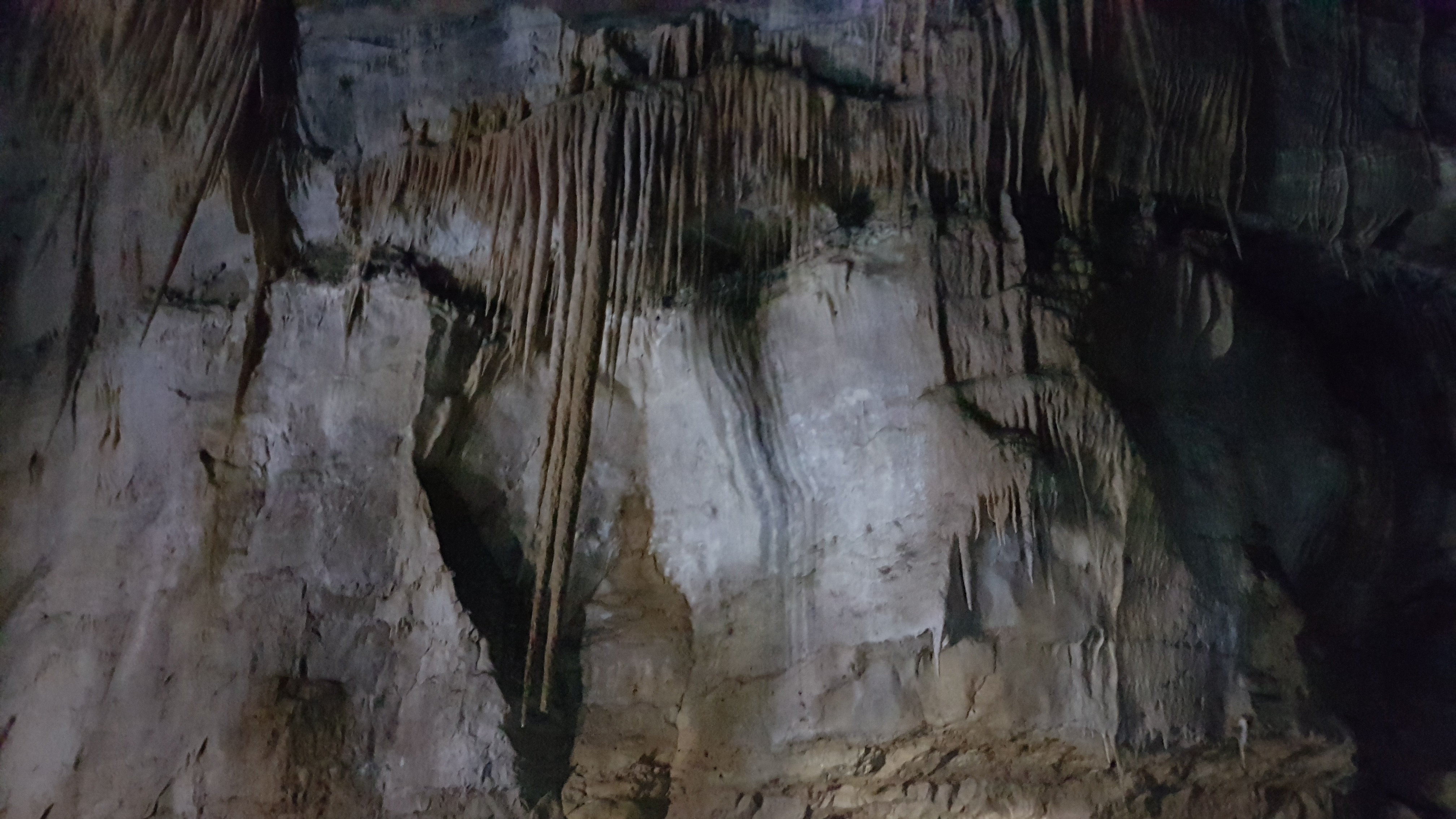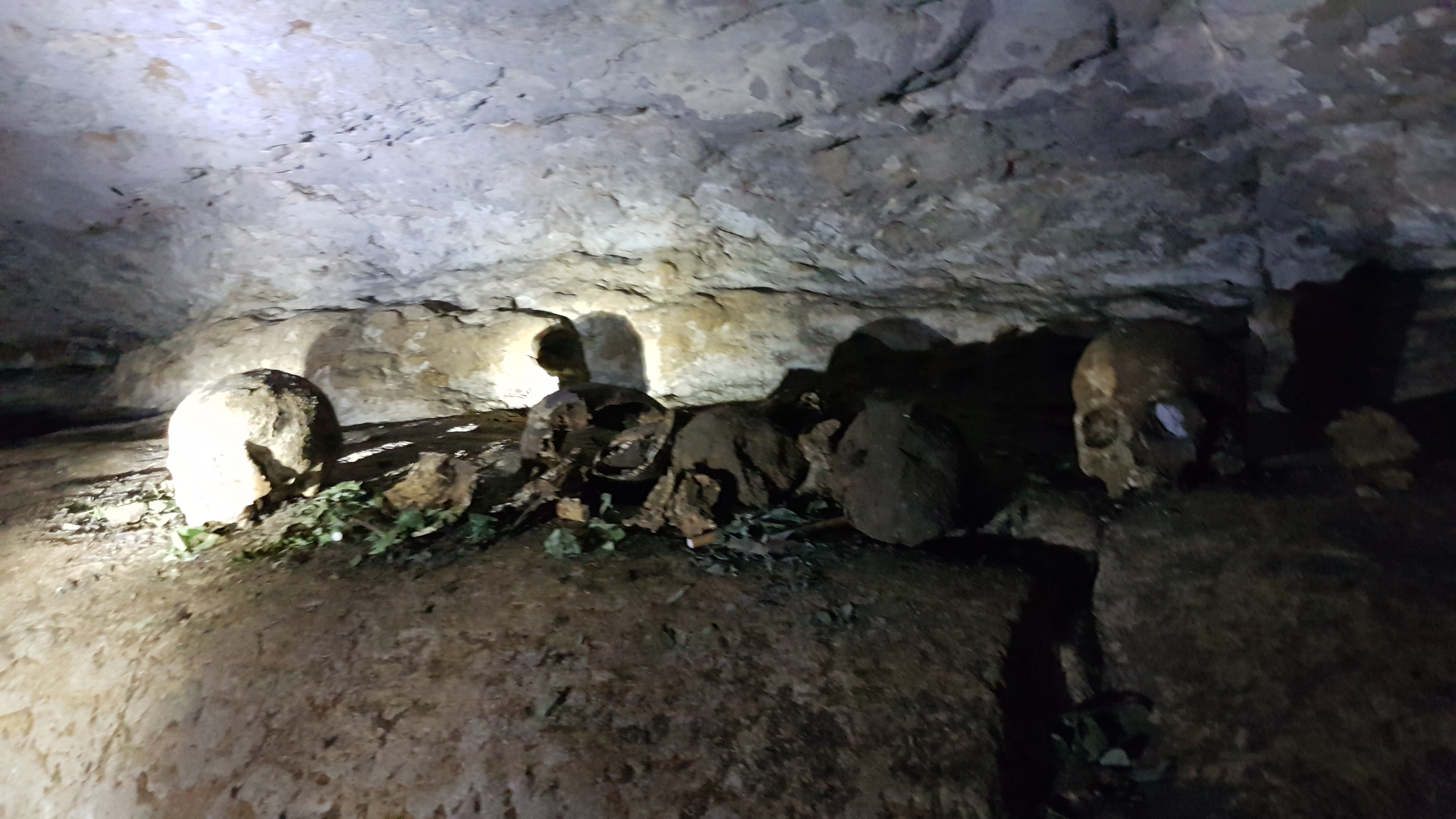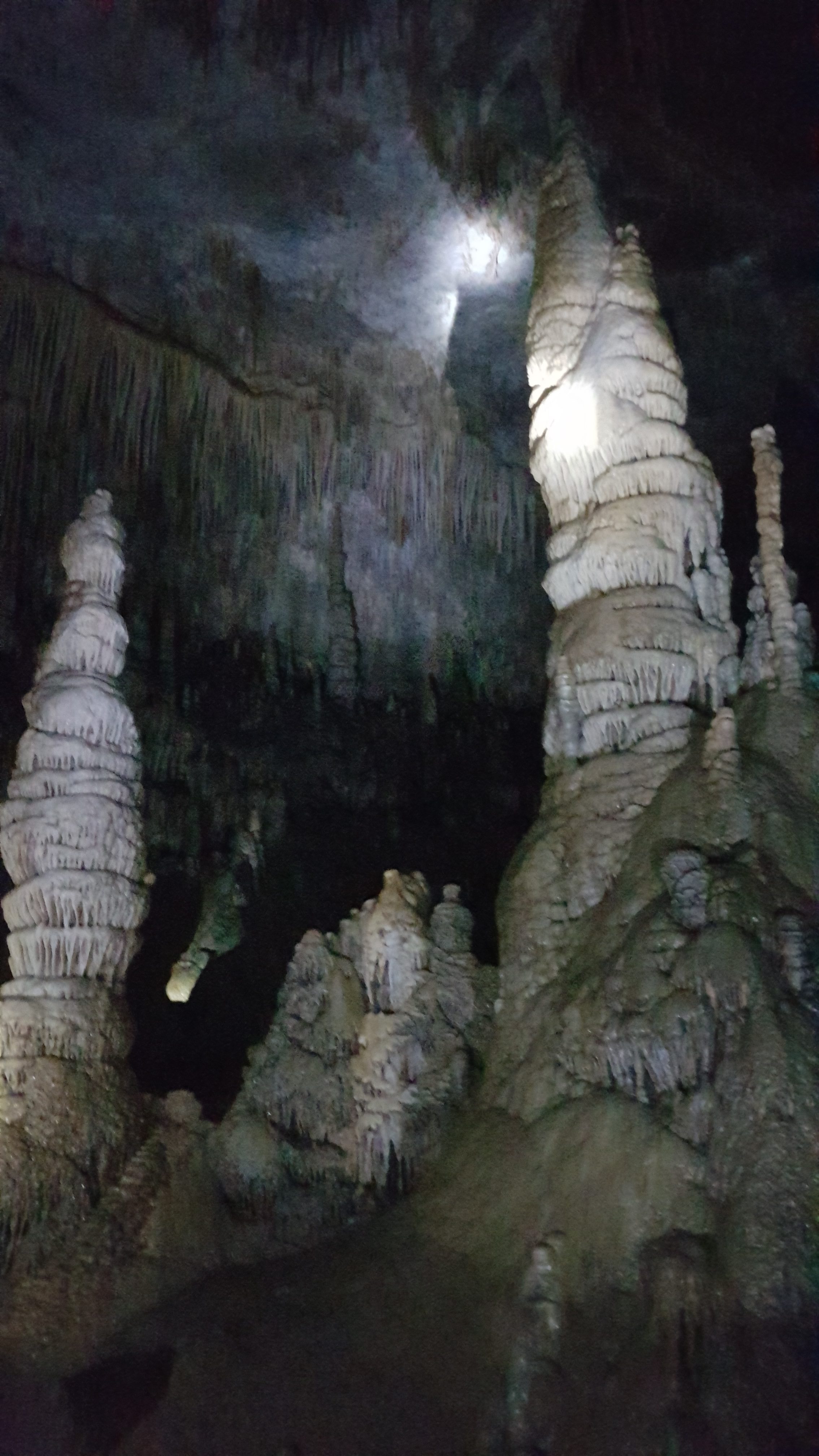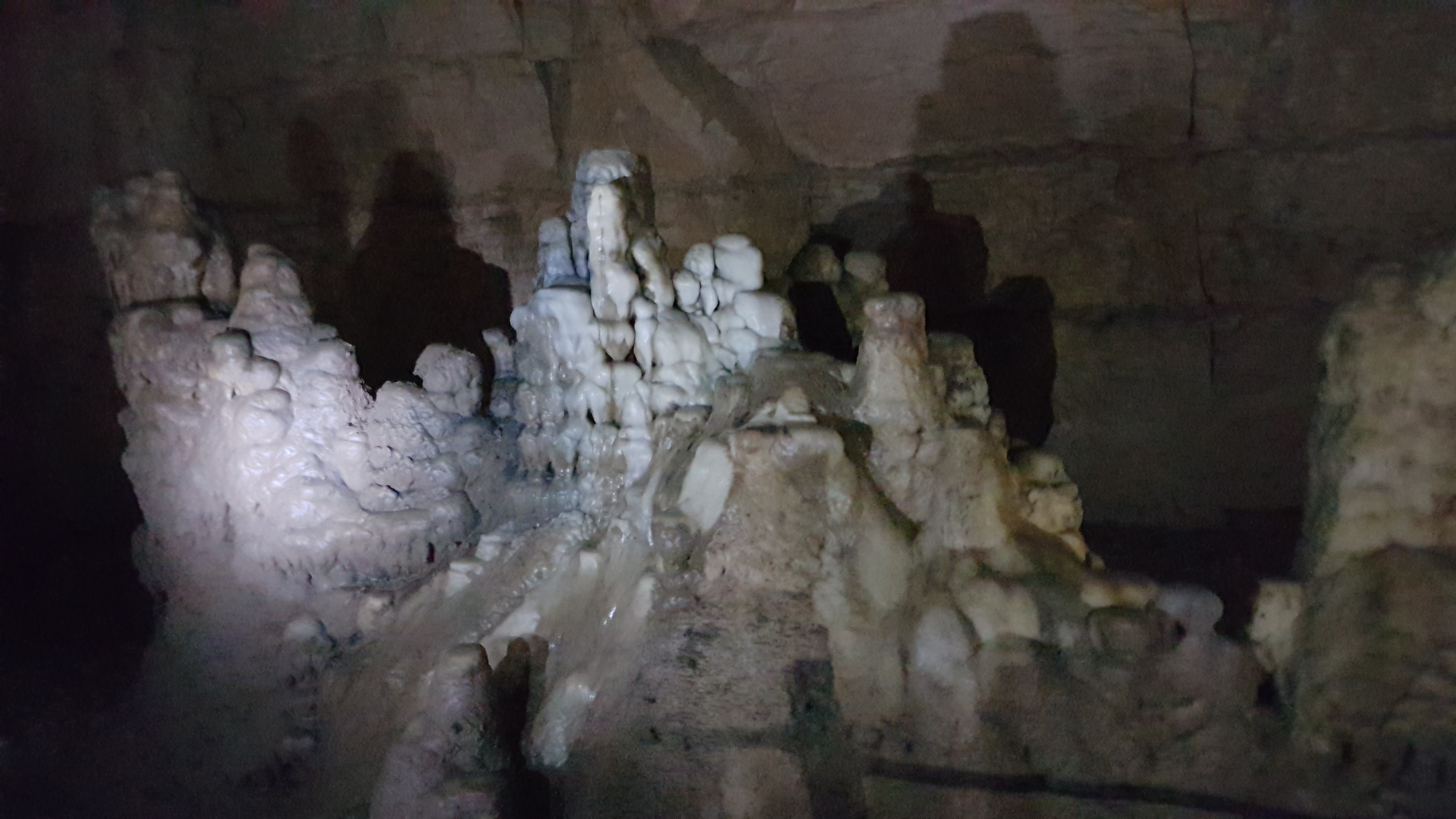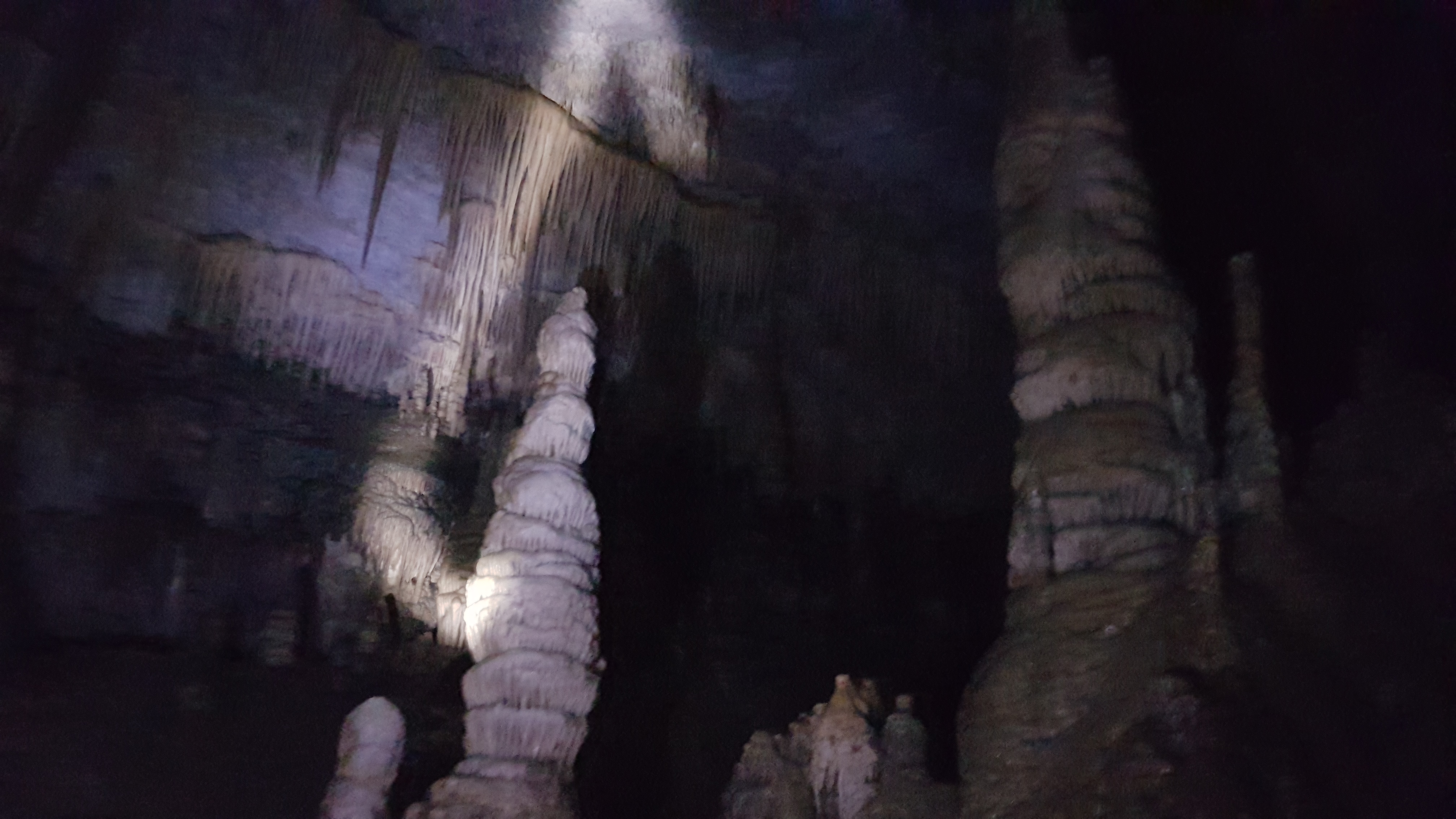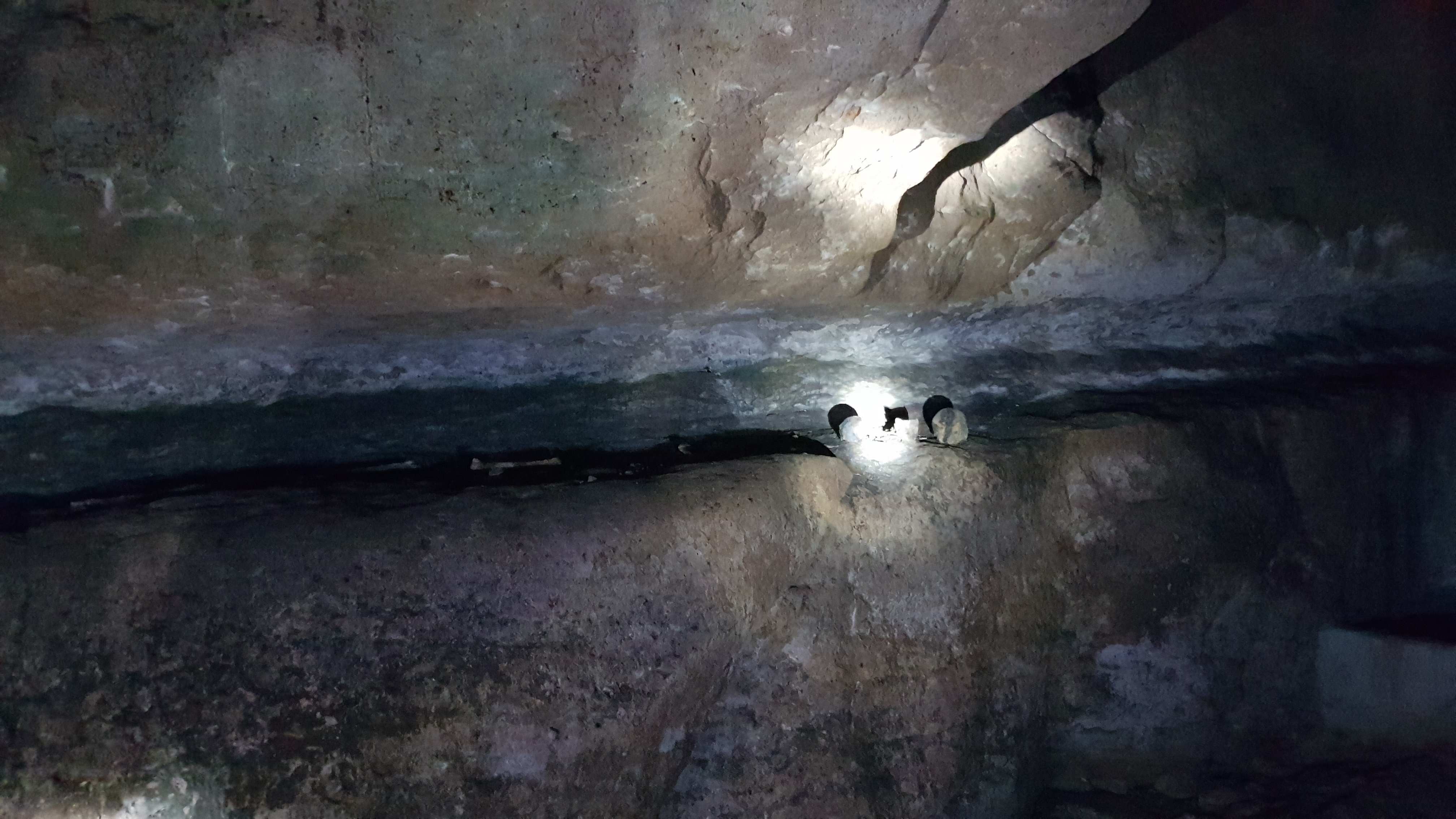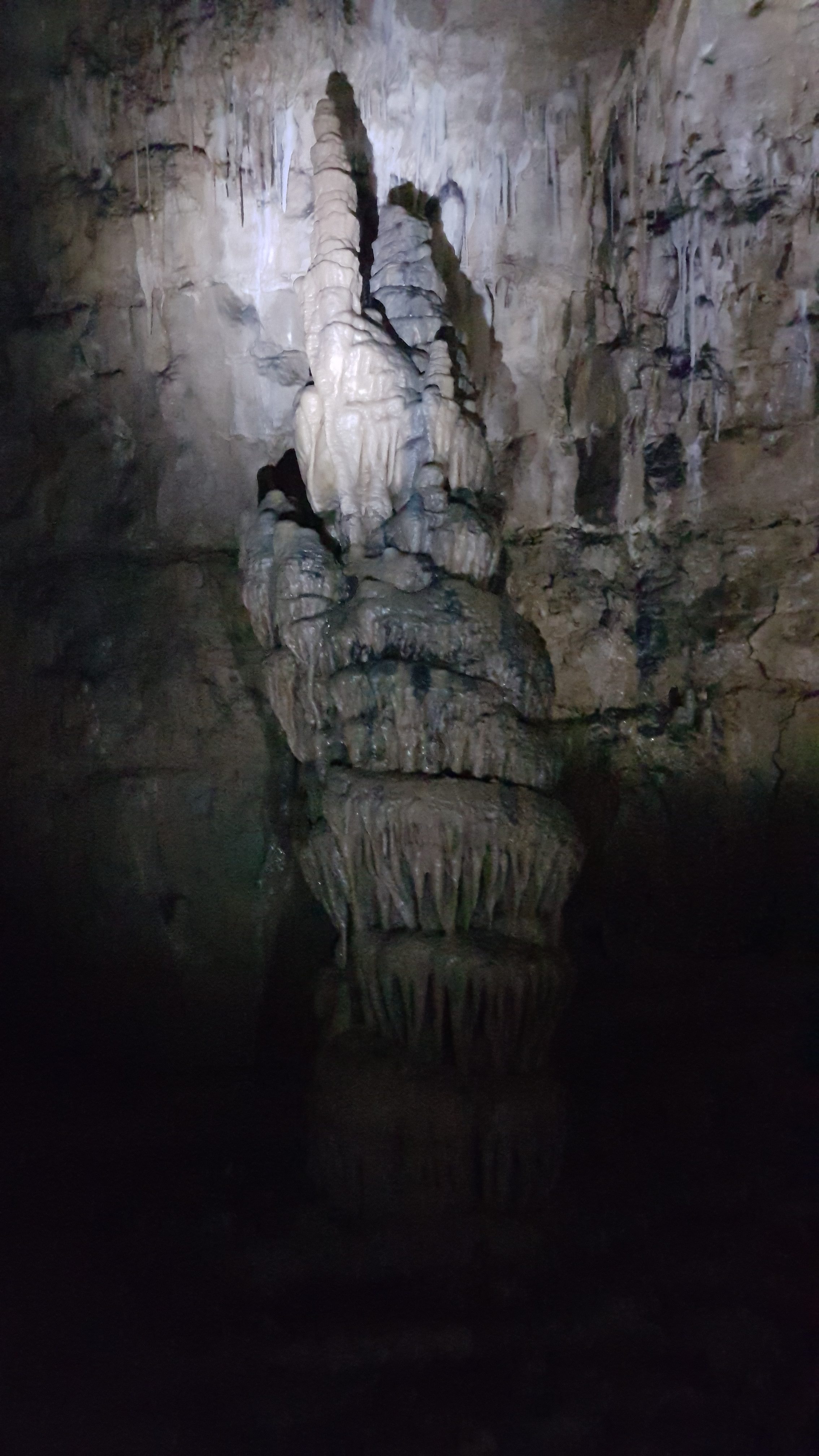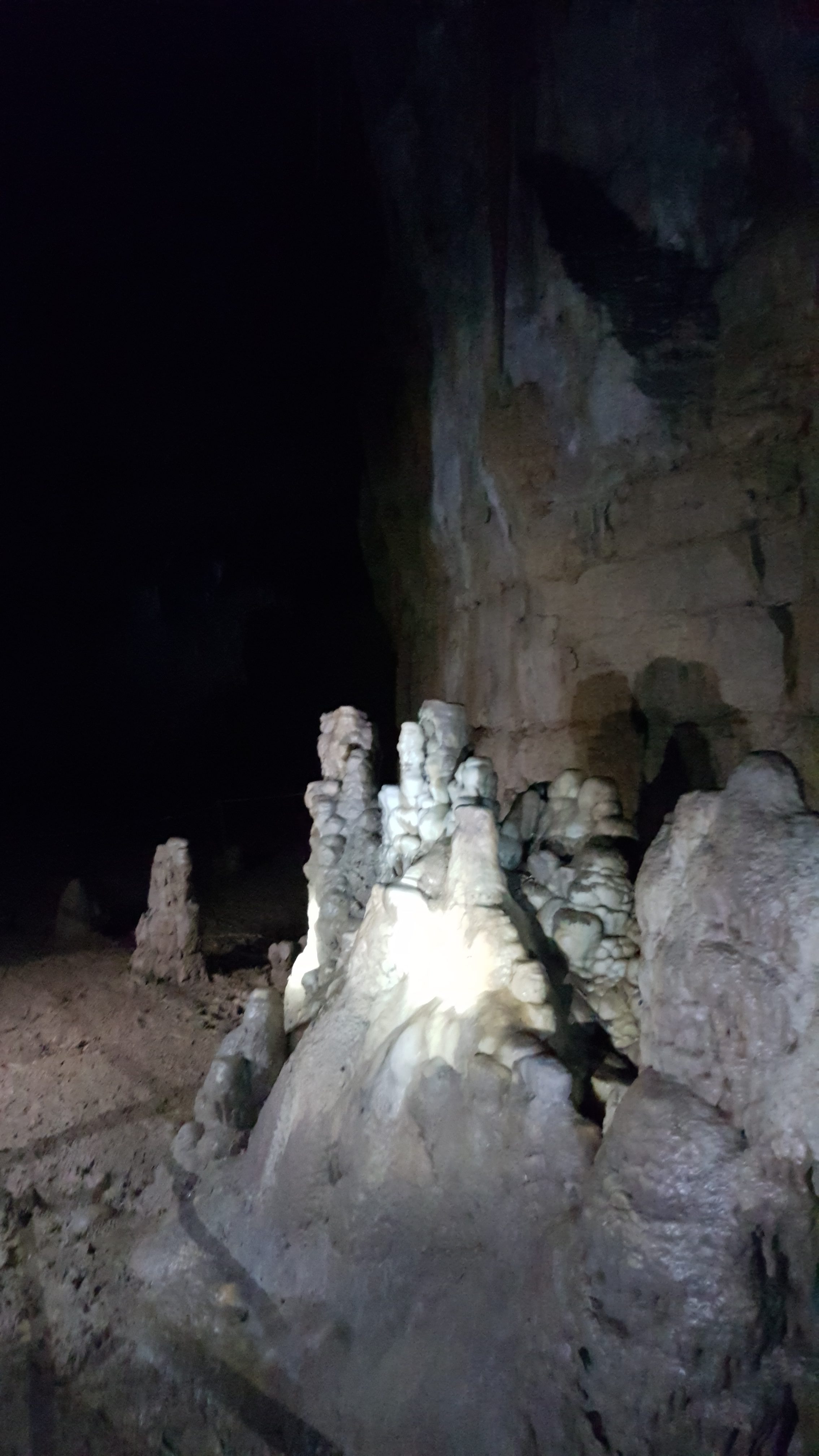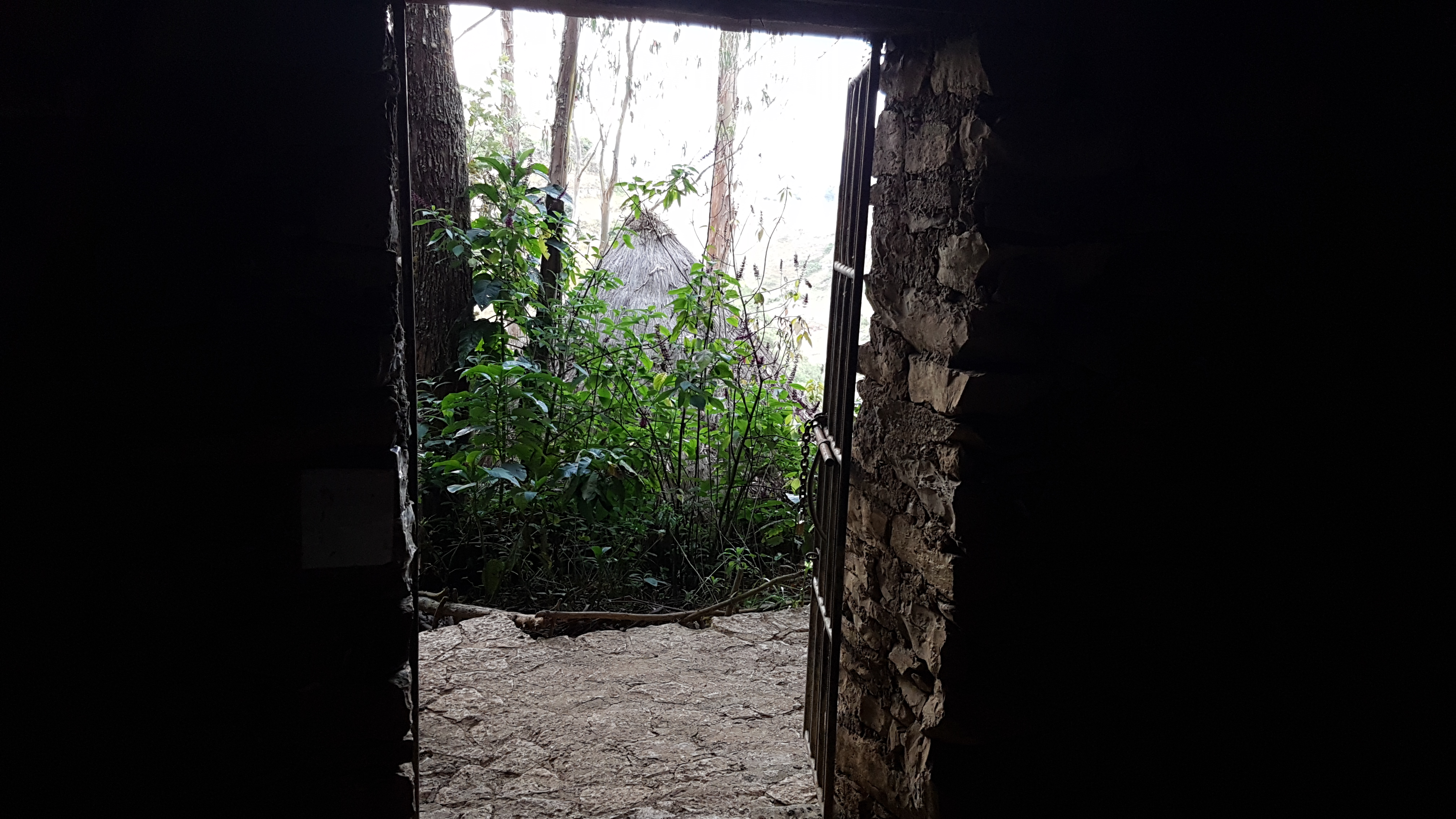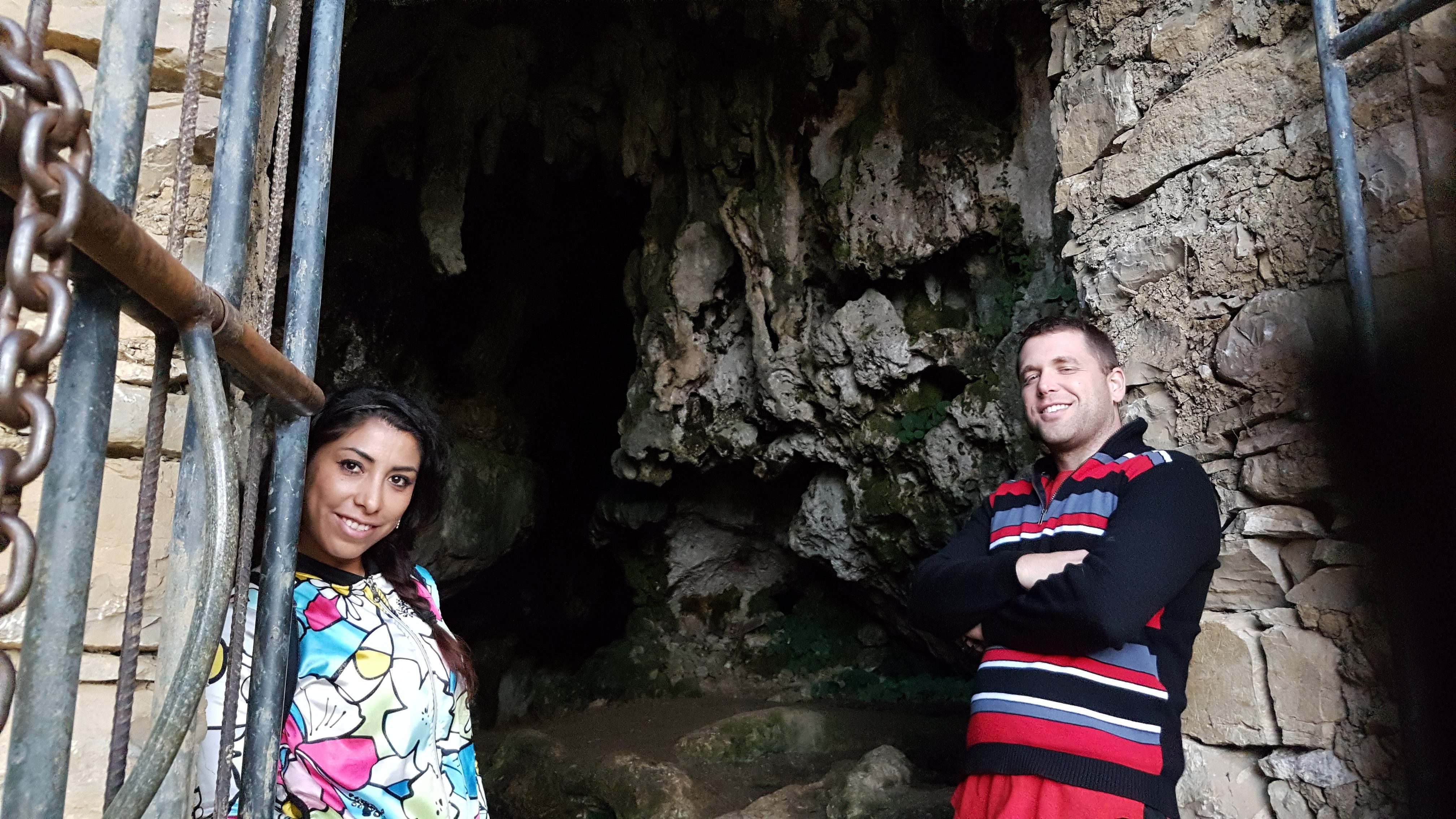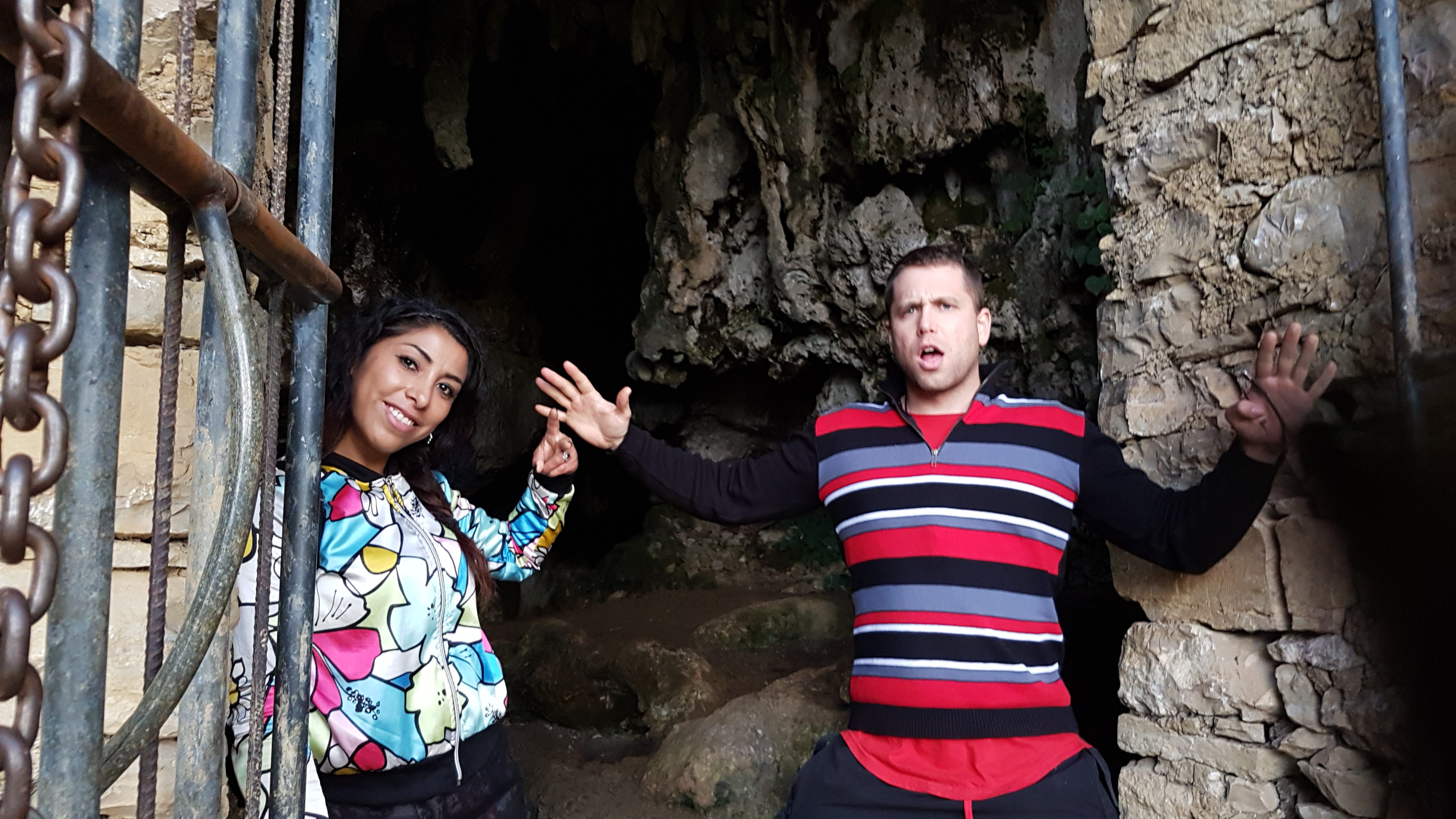Out of all the cities in Northern Peru, none are surrounded by more drastic contrasts than Chachapoyas. This capital of the Amazonas Region is situated at a surprisingly high elevation of 2,335 meters (7,661ft.). Their strategic location allows access to both the highlands and the jungle. The city of Chachapoyas was founded in 1538 by Alonso de Alvarado, but their history runs much deeper than that. This city is named after one of the most fascinating cultures in Peru, which makes it impossible to ignore.
Long before the Spaniards reached South America, the Chachapoya culture dominated a kingdom that spread across the Eastern slopes of the Andes. There’s little first hand accounts of this culture, so the Chachapoyas remain shrouded in mystery. The only accounts come from the Incas and conquistadors who both ended up taking control of their territory. By all accounts, these light-skinned natives dominated an extensive amount of land that stretched from the cordillera across the Amazonian Andes.
These “Warriors of the Clouds” were one of the hardest cultures for the Incas to incorporate in their empire. During the reign of Tupac Inca Yupanqui during the second half of the 15th century, the Incas took control of Chachapoyan territory. This sparked a rebellion that led to multiple Incan governors being killed. When the Incas tried to negotiate peace, their messengers were threatened with death. Enraged by this act of defiance, the Incas prepared to crush the Chachapoya kingdom.
Intent on destroying this rogue outpost, the Incan army descended upon Chachapoyan territory. They were met by a delegation of women who pleaded for forgiveness for their people’s transgressions. This group was led by a former concubine of Tupac Inca Yupanqui, who managed to convince the Sapa Inca to abstain from slaughtering their people. To ensure that another insurrection didn’t take place, the Incas took control of the land and resettled the Chachapoyas to remote areas throughout their empire.
Even though they were spared from annihilation, the Chachapoyas never forgave the Incas for this resettlement. Multiple rebellions ensued, which forced the Incas to continue moving the tribe. During the 16th century civil war in the Incan Empire, the Chachapoyas were relocated to Quitos. There they fought for the faction of the royal Inca Huáscar, who ended up losing the battle to control the empire. Enraged by their betrayal, the new head Inca Antahualpa executed all the Chachapoyas who participated in the insurrection.
Unsurprisingly, this purge further instilled the deep-seeded hatred that these cultures had for each other. When the Spaniards arrived, the Chachapoyas finally had their chance for revenge. After Antahualpa was captured, the local Chachapoya ruler Huaman pledged his allegiance to the conquistador Francisco Pizarro. Unfortunately, this proved to be a foolish mistake. Blinded by hatred, Huaman had intentionally made a deal with the devil. The Chachapoyas helped the Spaniards quell Manco Inca Yupanqui’s rebellion and remained loyal to the Spanish. Unfortunately, this good faith was repaid with utter destruction.
When the Spaniards reached the city of Chachapoyas in 1547, the residents were immediately relocated. In these new Spanish settlements, the Chachapoyas were plunged into poverty. Disease ran rampant, and within 200 years over 90% of their population was decimated. This ironic twist of fate was a fitting end to this undeniably rebellious culture. Today the remnants of their culture attract visitors from all over the world. Explore the highlights of what remains of this defiant civilization!
Best Places to Visit Around Chachapoyas
Attraction #1: Catarata Gocta – Named after the monkey calls that echo throughout the jungle valley, this massive waterfall is absolutely breathtaking. Boasting a 771 meter (2,530 ft.) drop, Gocta is one of the tallest free-leaping waterfalls in the world. While the locals have known about it for centuries, they didn’t dare reveal its location. This was due to a myth that the waterfall was protected by a blonde mermaid who lives in its waters. Allegedly, her hair can be seen flowing down the U-shaped walls at the bottom of the waterfall. According to legend, the mermaid threatened to curse anyone who exposed the waterfall’s location.
Once the locals overcame their superstitions, they helped Stefan Ziemendorff officially discover Gocta in 2002. While this German explorer claimed that this was the 3rd tallest waterfall in the world, many experts disputed it. Ziemendorff’s claims were so controversial that Gocta only unofficially ranks as the worlds 5th tallest waterfall, while the World Waterfall Database ranks it as the 16th tallest.
Despite being immersed in controversy, Gocta falls is well worth visiting. What makes this waterfall even more rewarding to see is the journey visitors have to undertake to reach it. The base of the trail lies about an hour outside of Chachapoyas and is followed by a 5 km hike. While 5 km doesn’t sound like much, the high climbs and slippery terrain make this hike surprisingly treacherous.
While overweight visitors can take horses, it’s recommended to give the poor equestrian backs a break and hike. The trail is absolutely gorgeous, since its nestled at the base of a misty mountain in the Amazon. For moderately healthy people the hike takes two hours, which provides an intimate glimpse of the area. As dusk approaches, the jungle comes alive with monkey mating calls. This enchanting farewell routinely becomes the highlight of the trip. For those who don’t fear mermaids or exercise, Gocta is the experience of a lifetime.
Attraction #2: Sarcófagos de Karajía – These peculiar funeral monuments are located on the side of a cliff in Karajía, a three-hour drive from Chachapoyas into the district of Luya. Thanks to its remarkably remote location, the coffins weren’t discovered until 1885. While discovering the human shaped coffins was difficult, reaching them was even more taxing. The seven coffins are nestled on a ledge that juts out over a 200-meter cliff. While one coffin fell into the abyss during an earthquake in 1928, the rest continue to stare out into the void at the peaks of death.
After risking their lives during a dangerous climb, members of the Club Andino Peruano managed to study these mysterious coffins. Using radiology, they were able to see what these coffins contained. To their surprise, each 2.5-meter tall coffin contained a mummified body and multiple offerings to the gods. These mummified bodies are believed to be respected Chachapoyan leaders. Multiple coffins were crowned with human skulls, which adds a morbid touch to this already perplexing act of faith.
Just like the details of the Chachapoya culture, the reasoning behind placing these large coffins on the edge of a cliff remains disputed. While some claim it was for religious reasons, others speculate that this was done to scare off invading tribes. Either way, this delightfully confusing pre-Columbian tradition is well worth the visit.
Attraction #3: Cavernas de Quiocta – Out of the 40 caves surrounding Chachapoyas, las cavernas de Quiocta steal the show. This cave is home to some epic feats of nature that are complimented by terrifying reminders of Chachapoyan history. Located 10 km outside Lámud, this cavern stretches 600 meters into the unknown. This area is broken up into seven rooms that are packed with a truly impressive collection of larger than life stalactites and stalagmites. Some of them took thousands of years to form, and are interpreted in a wide range of symbols.
On top of boasting a huge selection of cave anomalies, this cavern was selected for human sacrifices. Pre-columbian priests routinely carried out human sacrifices in this fantastically large cave. Even though thousands of years have passed since the last sacrifice, piles of human skulls adorn parts of the cavern. Each one is a stark reminder of how cheap life used to be back in the Chachapoyan culture. Despite sounding alarming, this is an extremely fun place to explore. Normally tours include the cavern on the same day as the sarcofagos, so visitors get a dose of both attractions.
